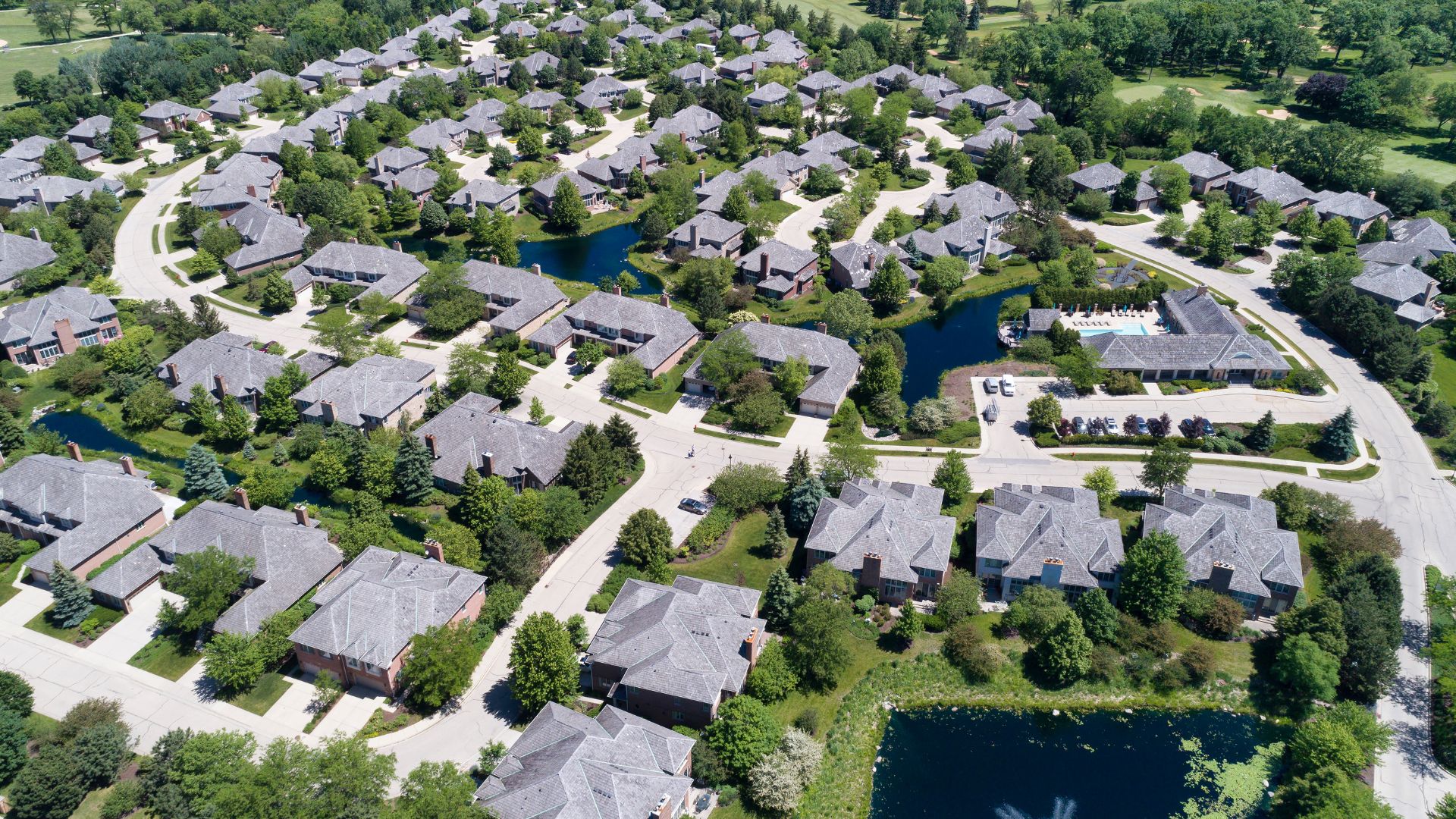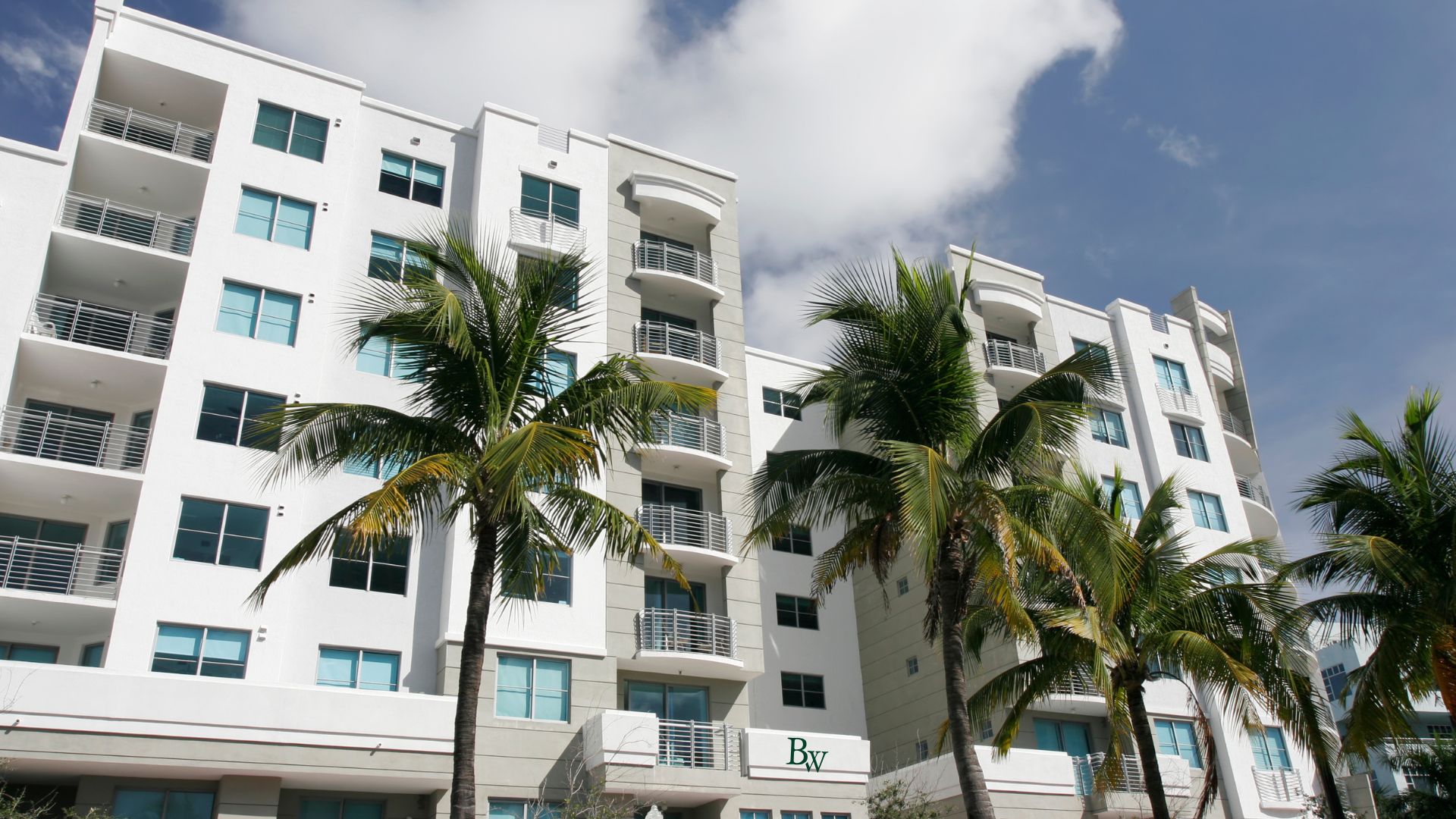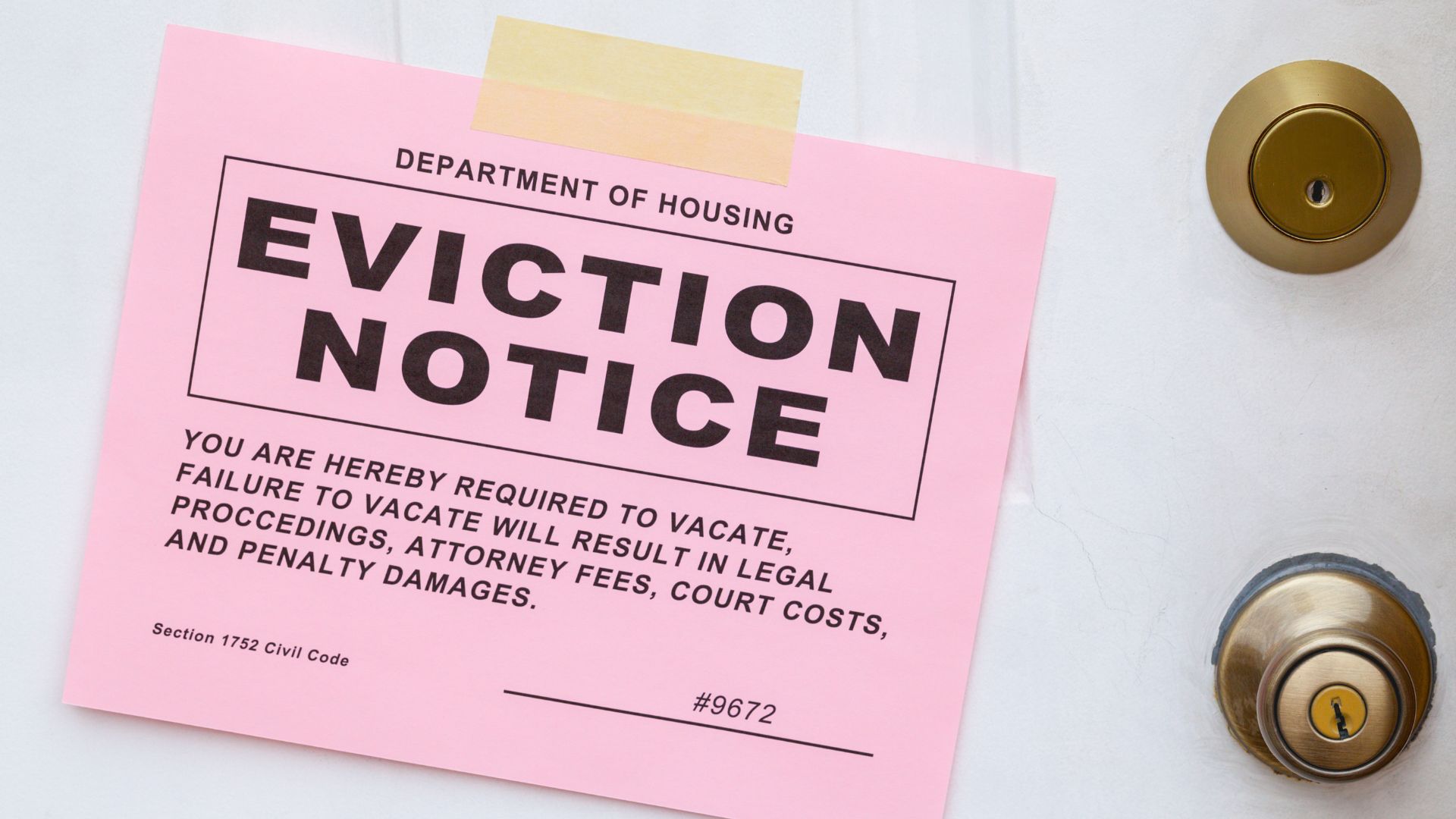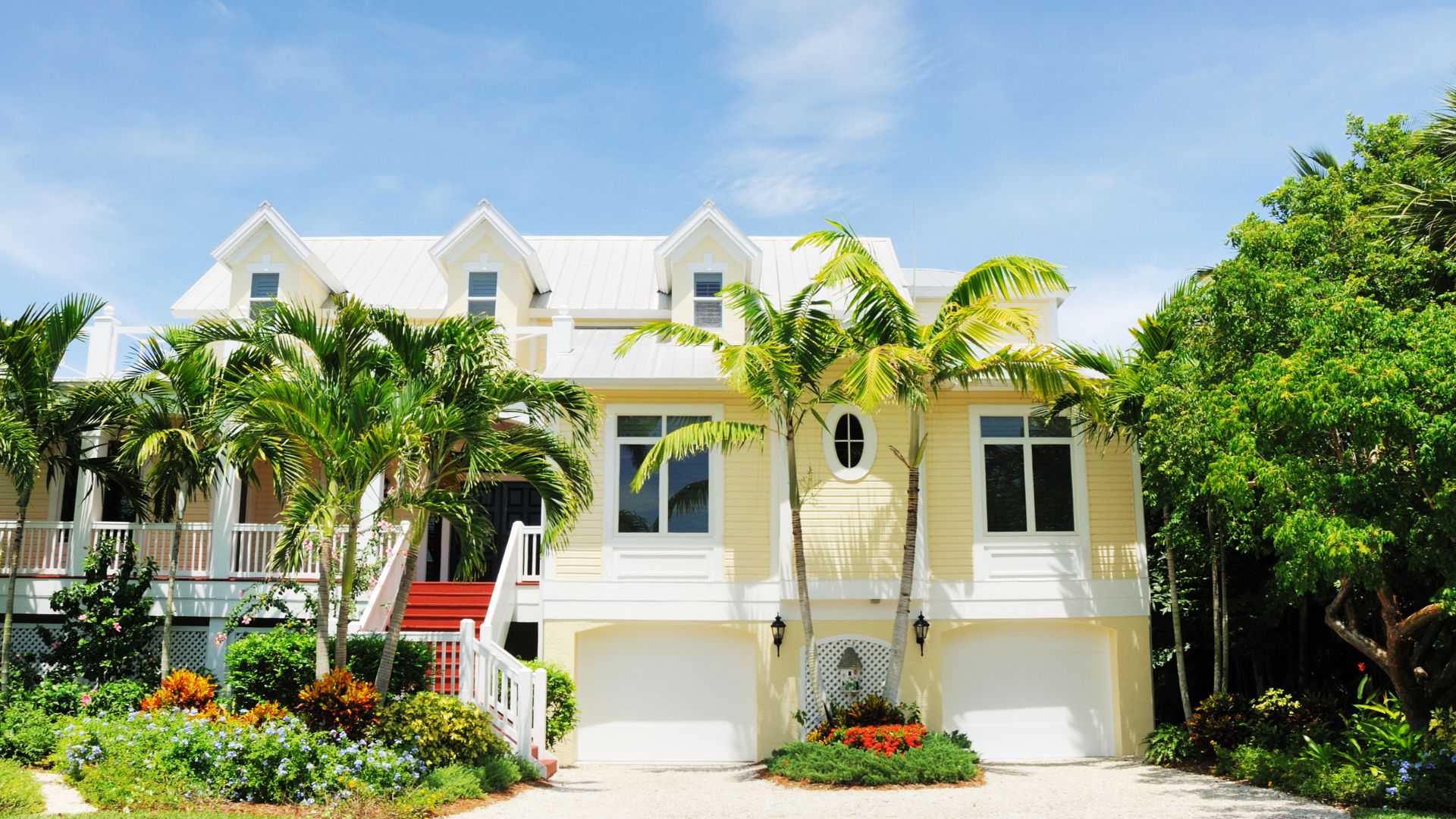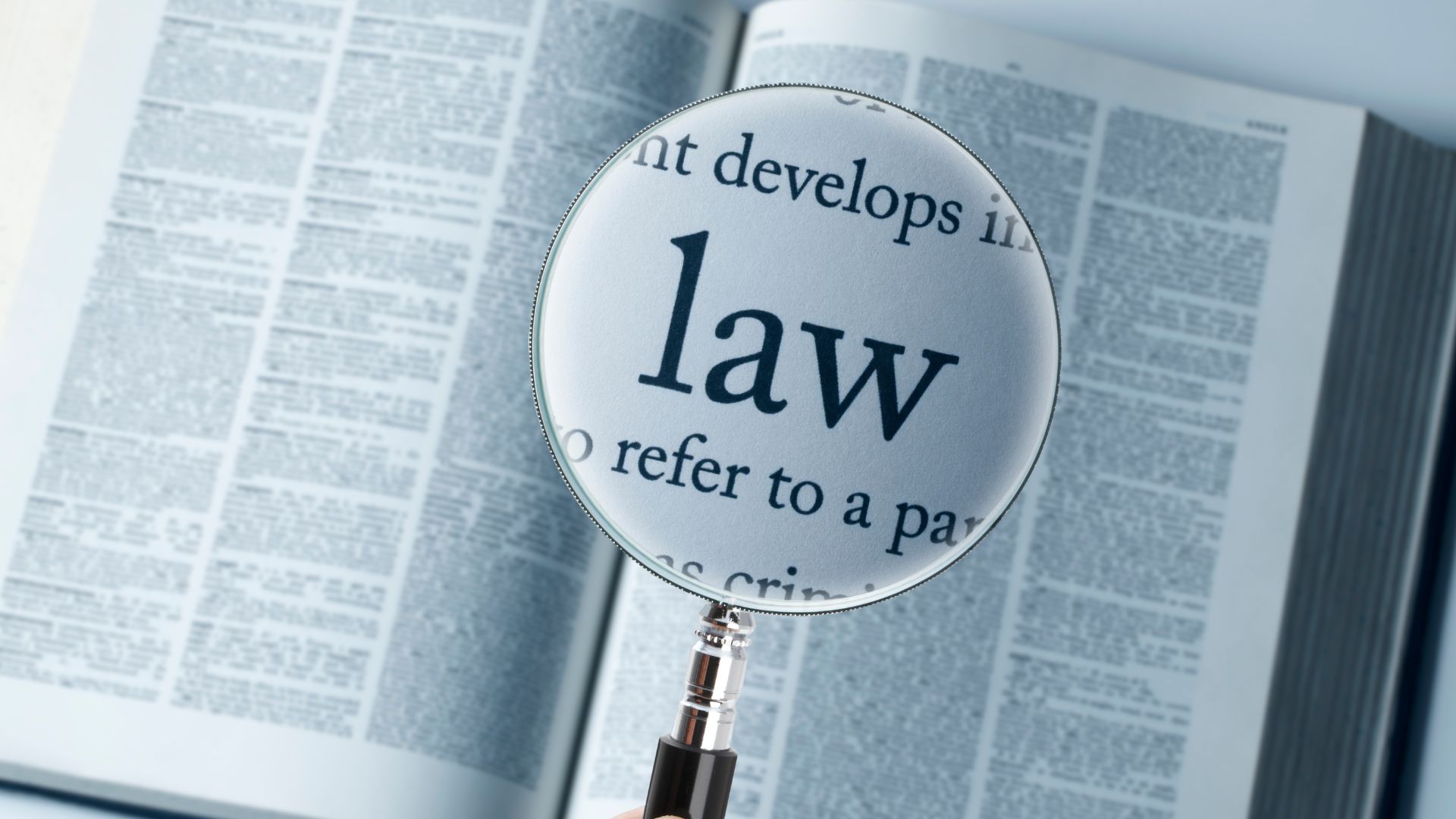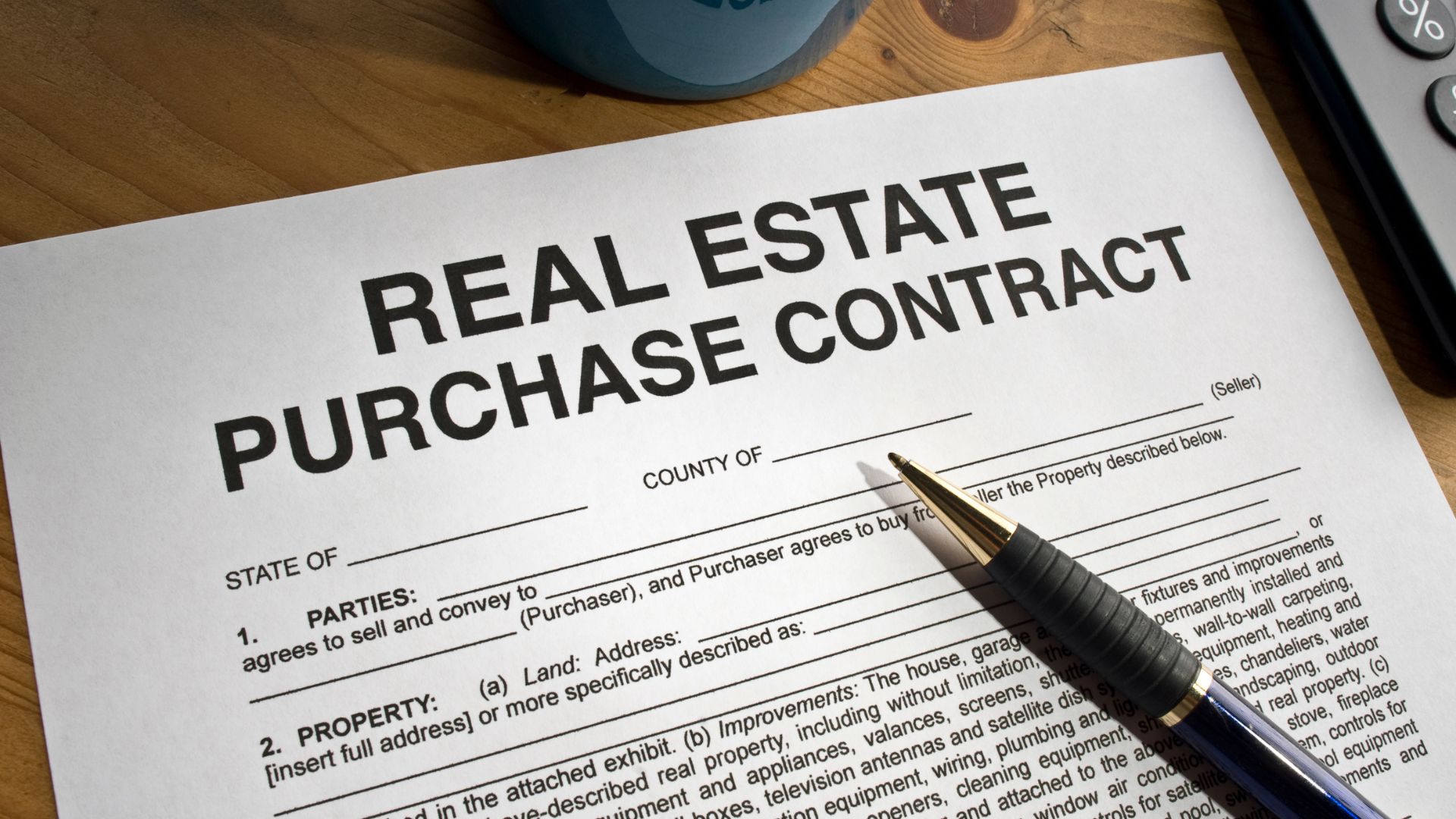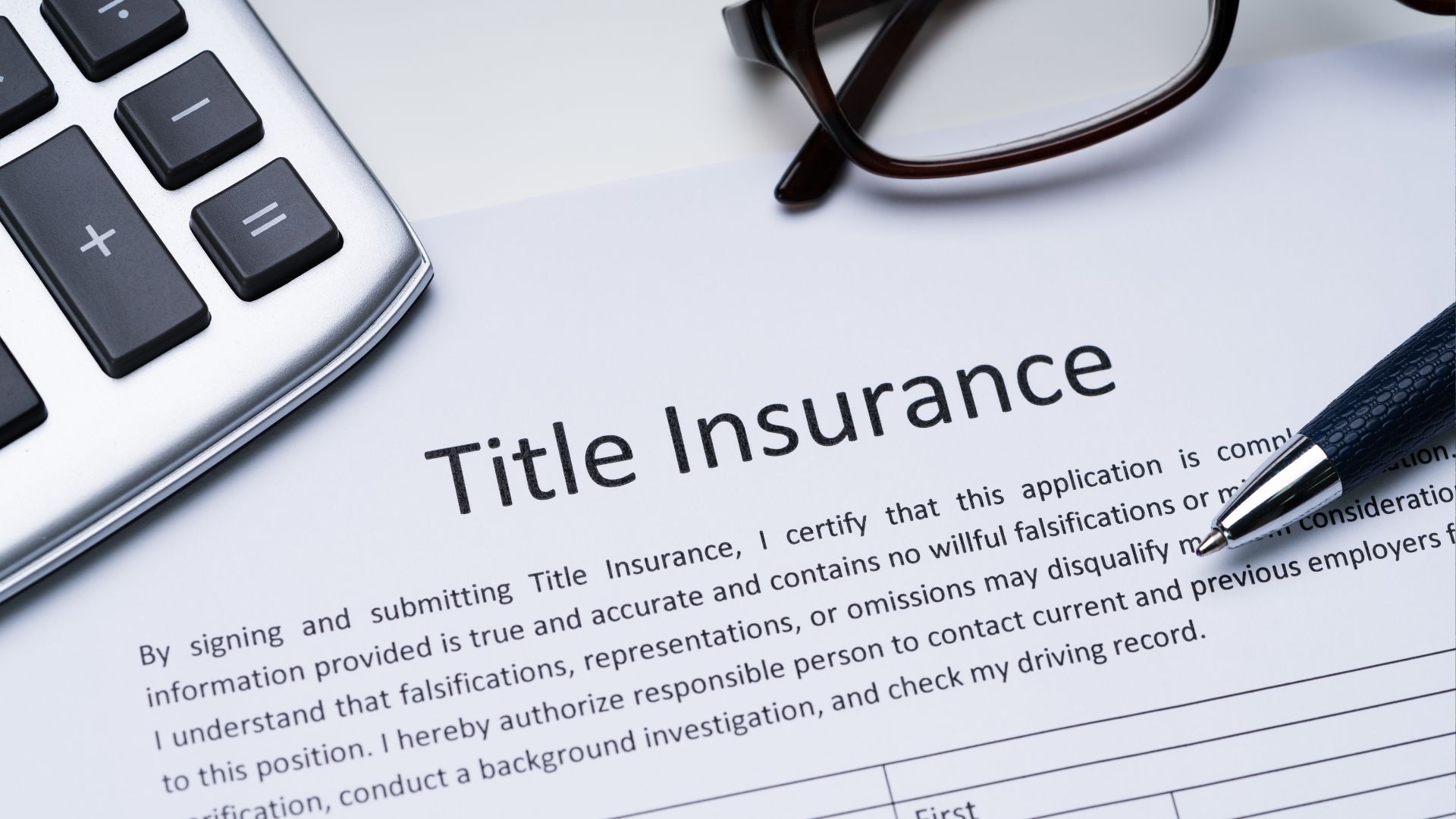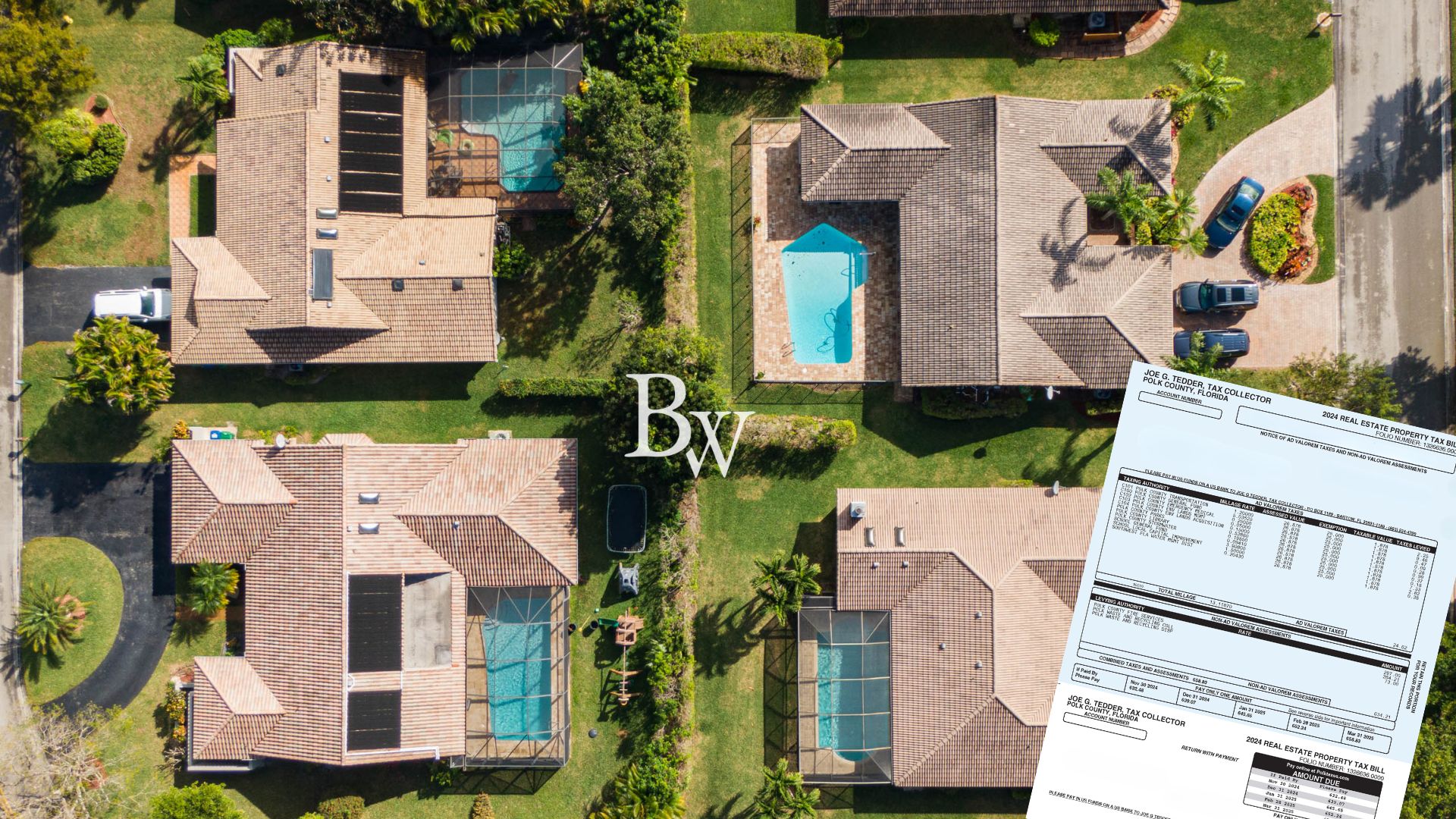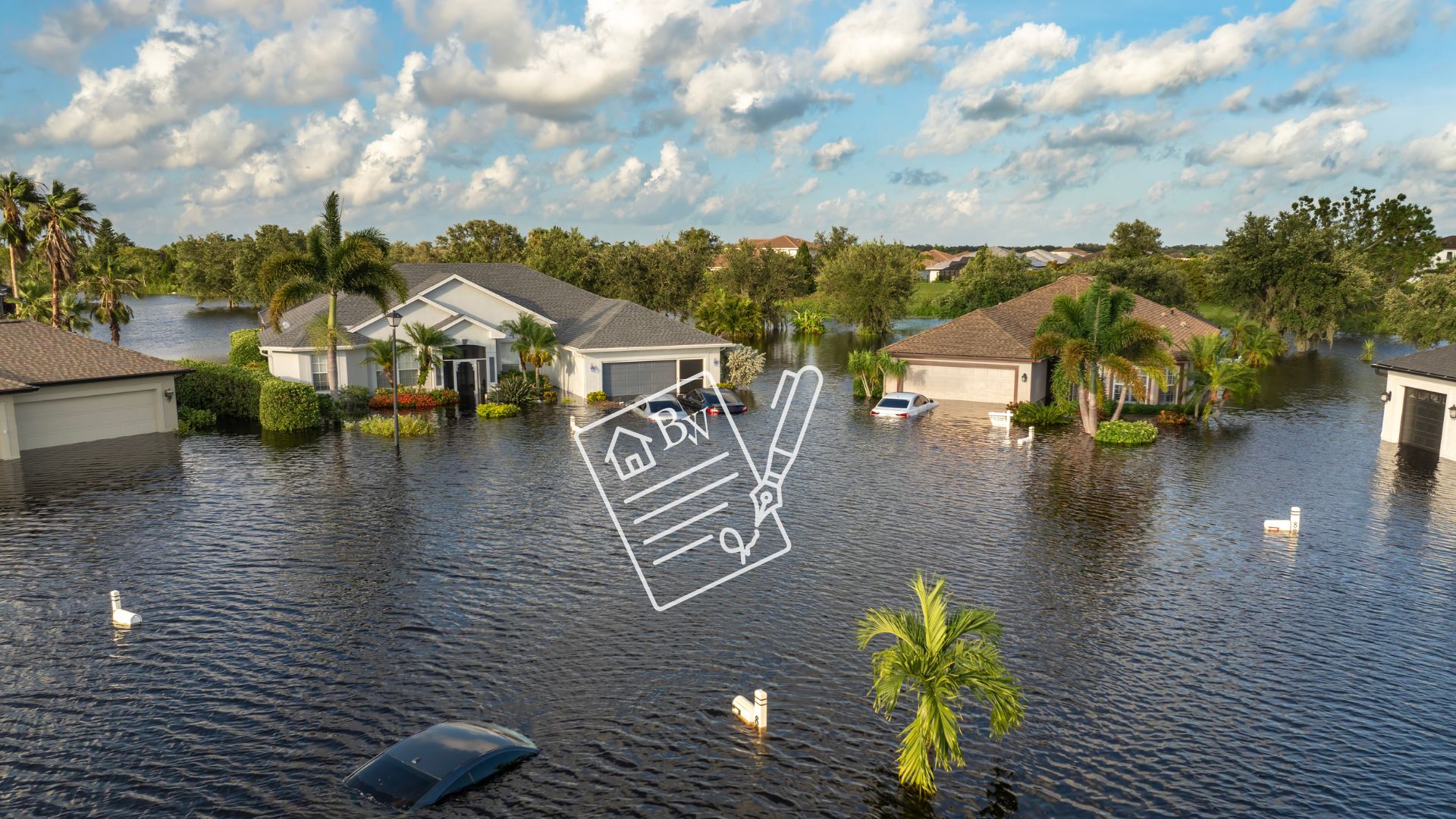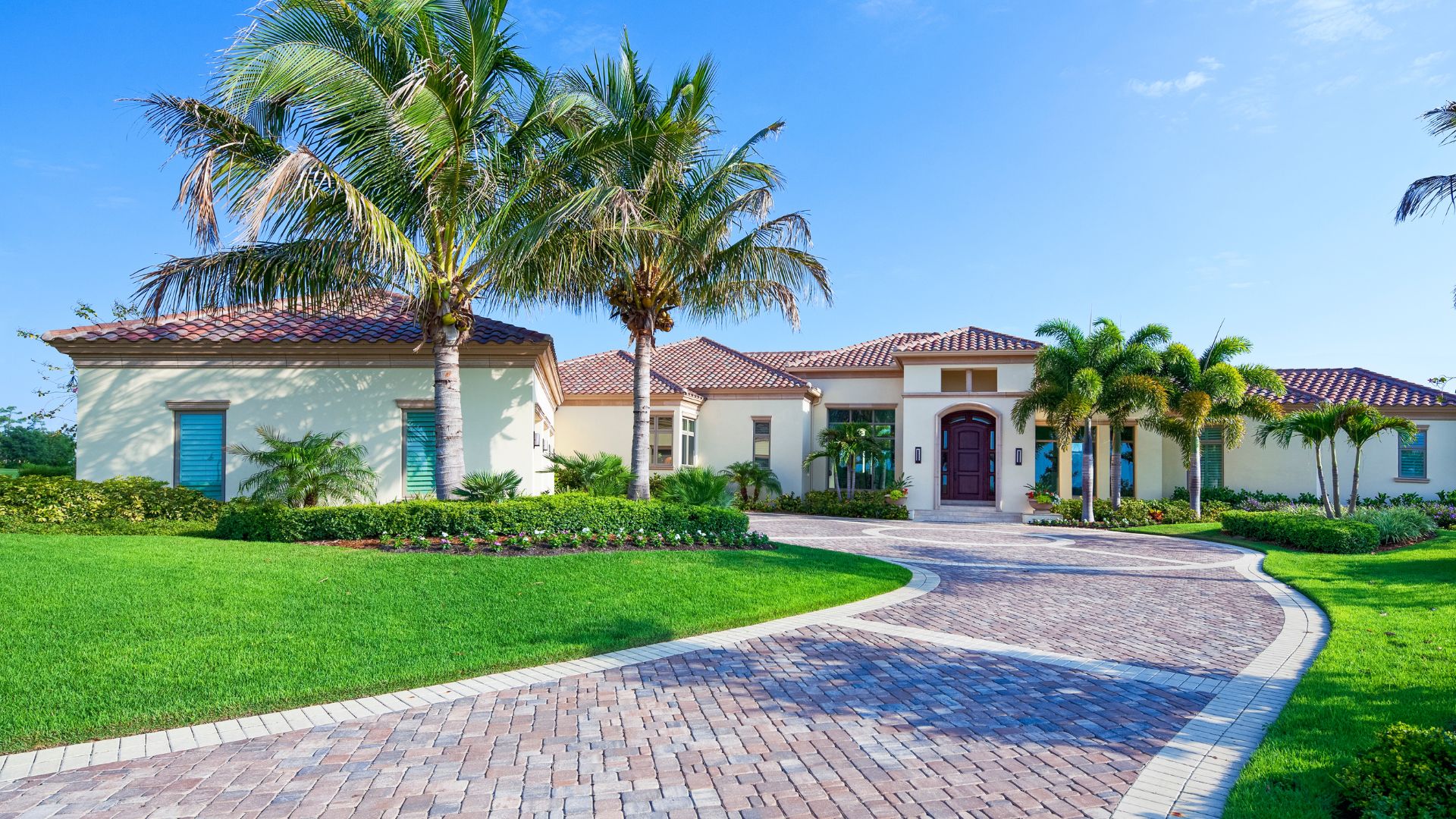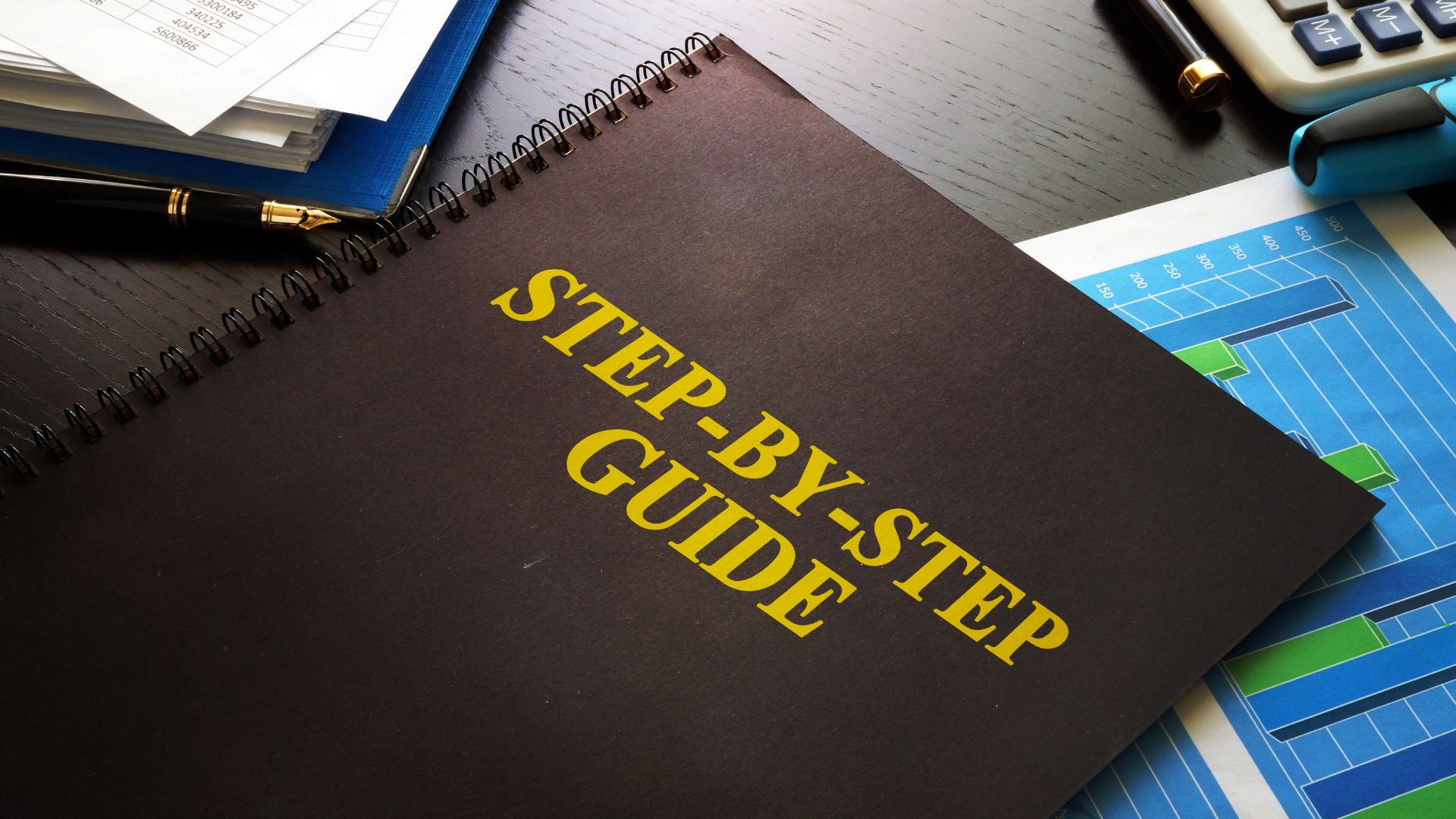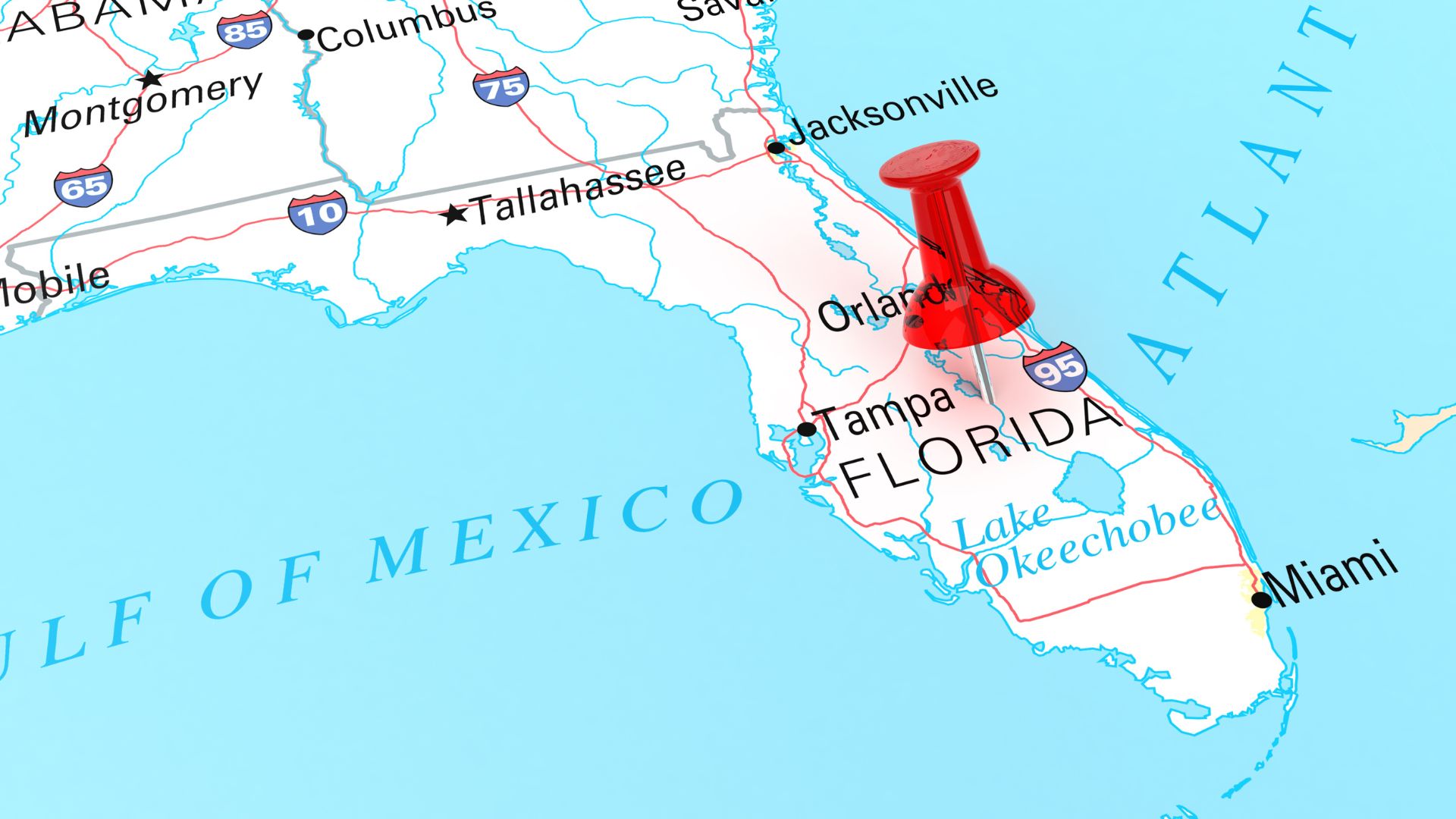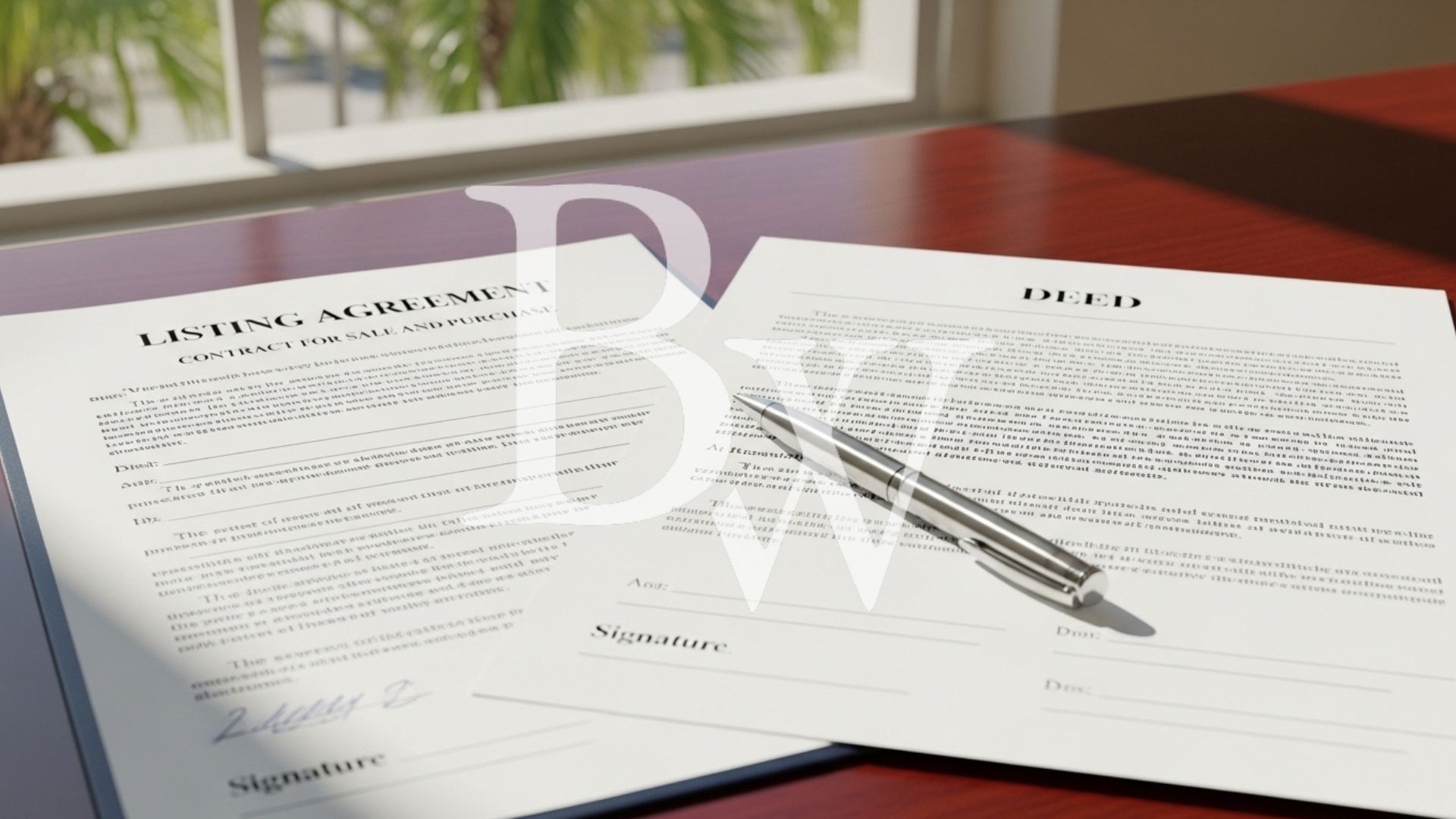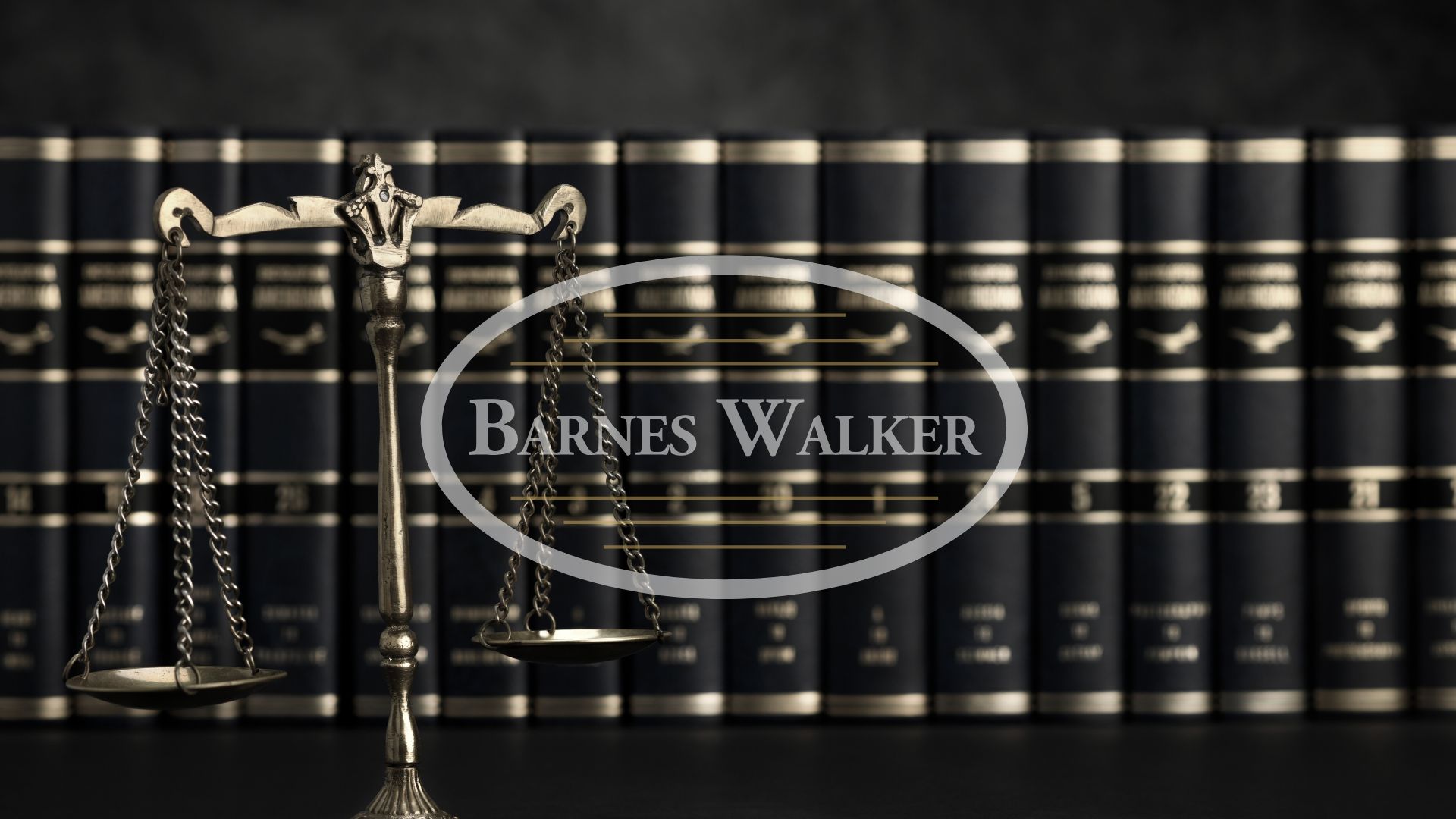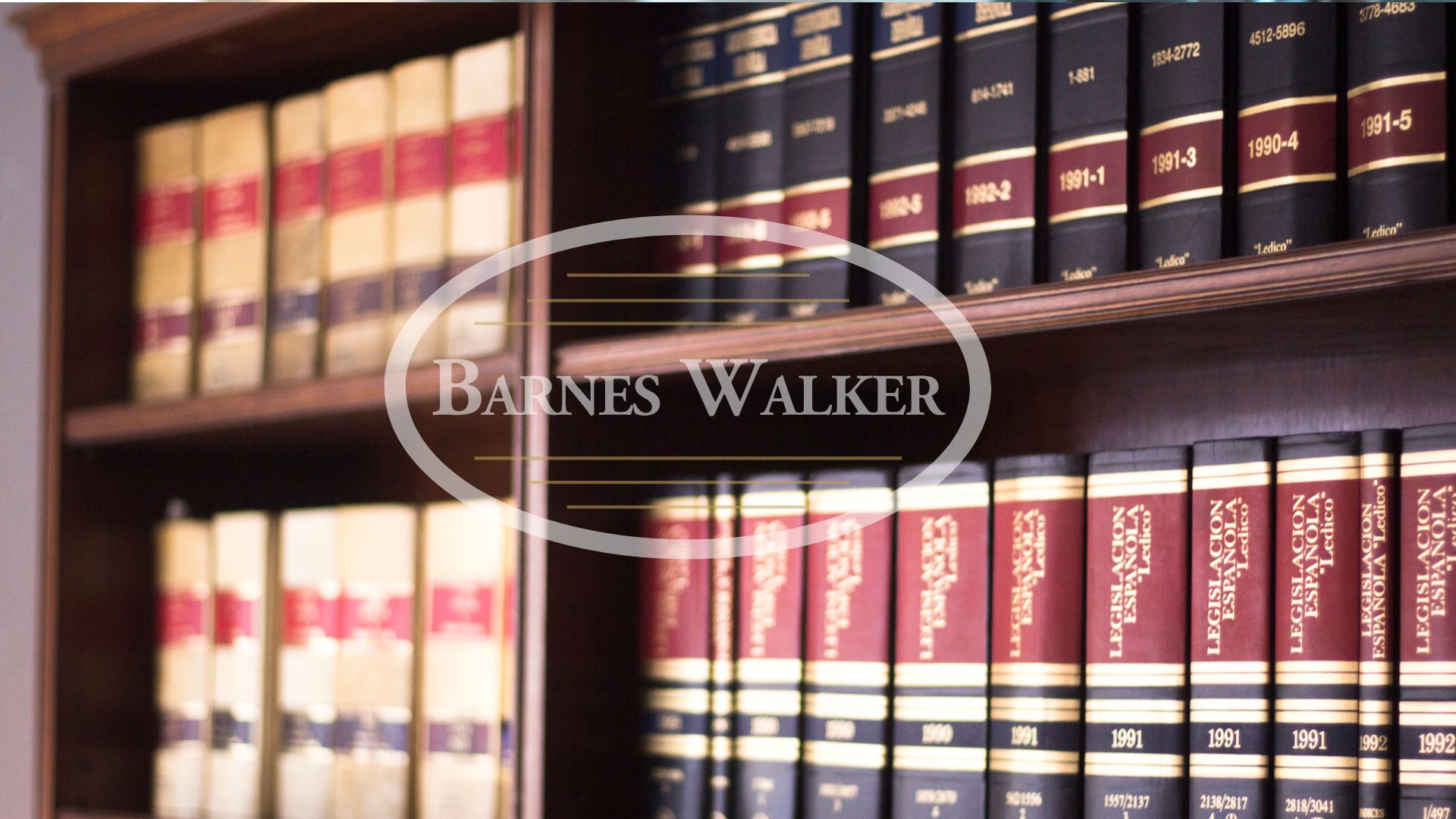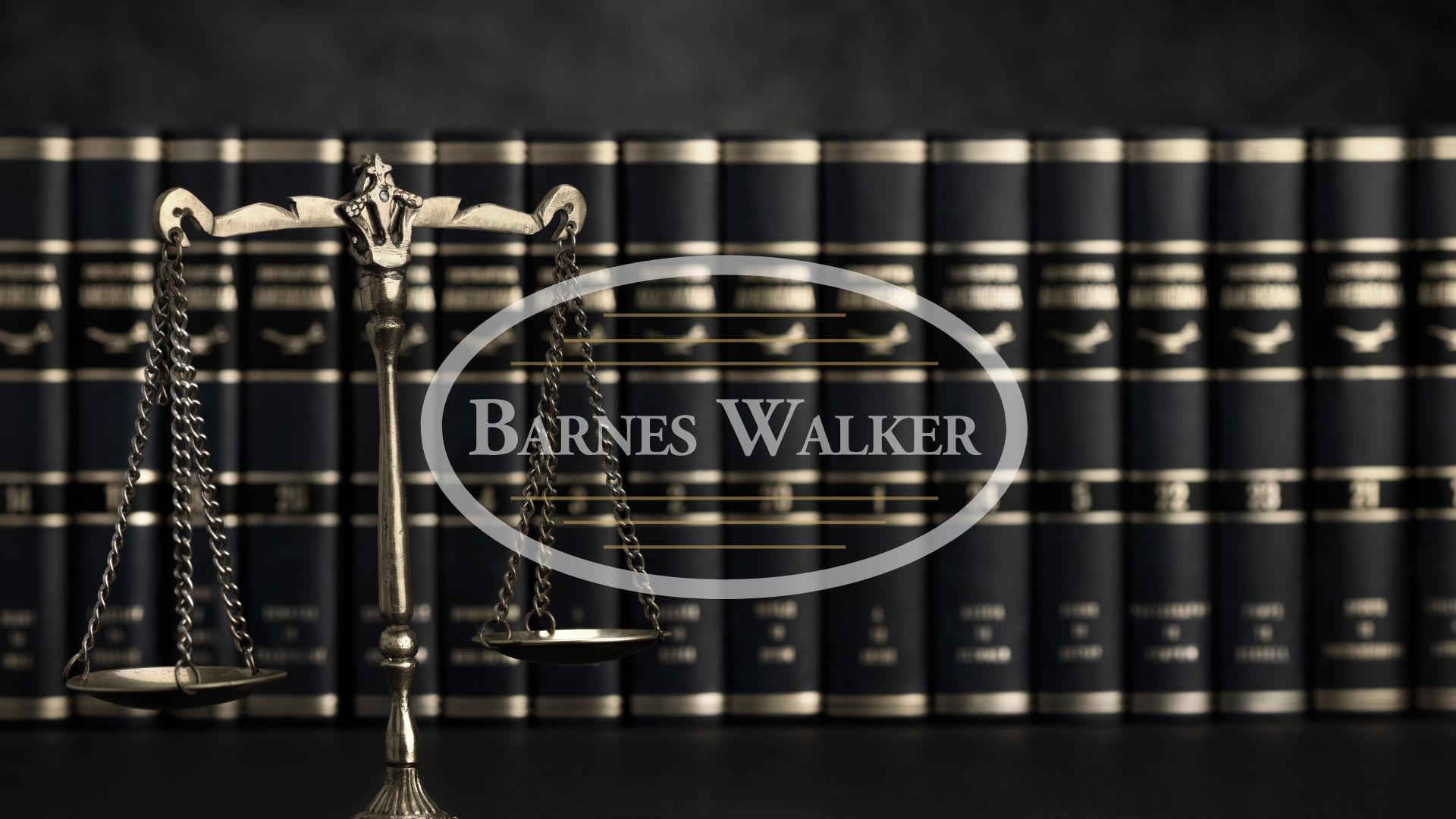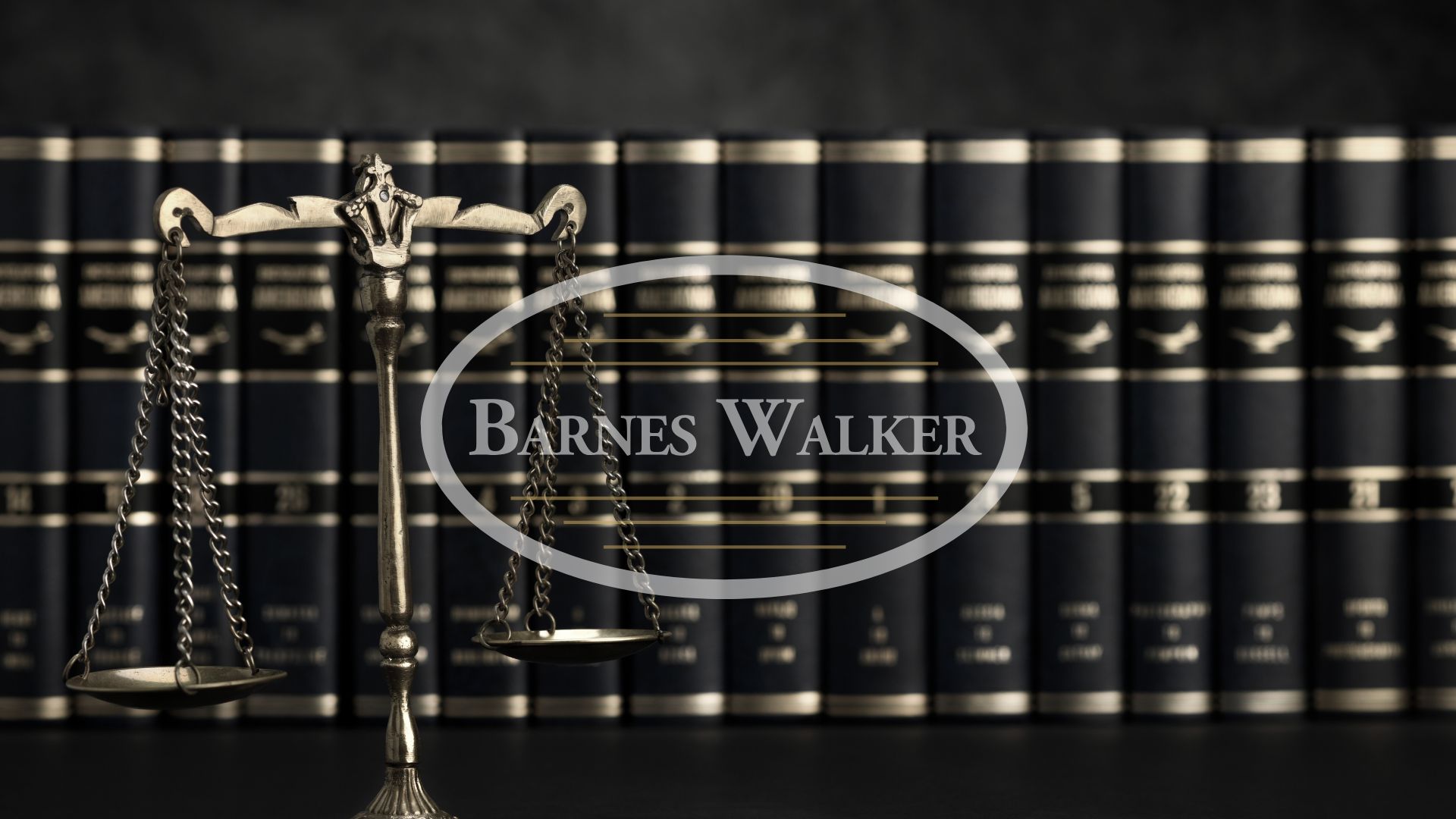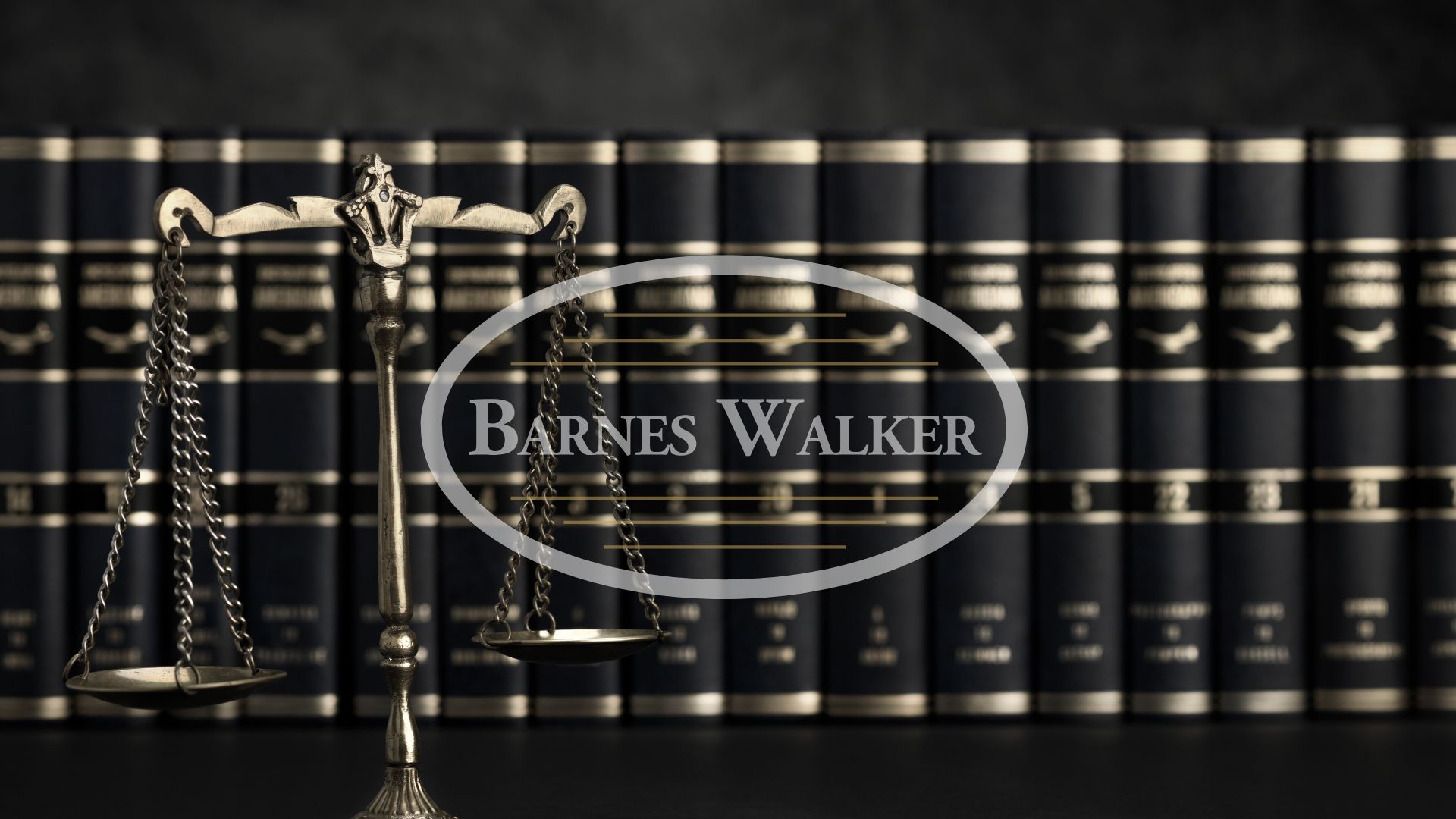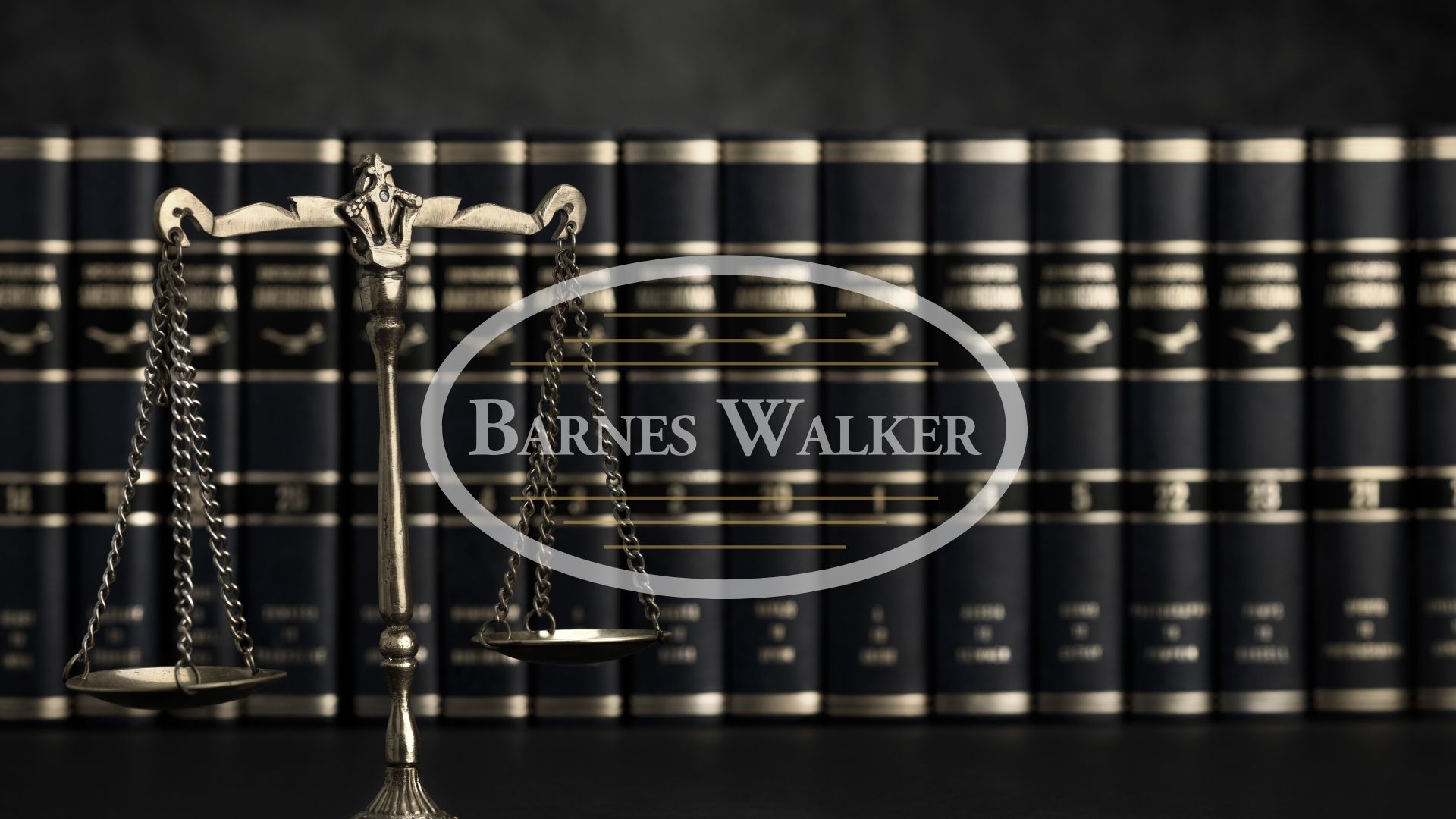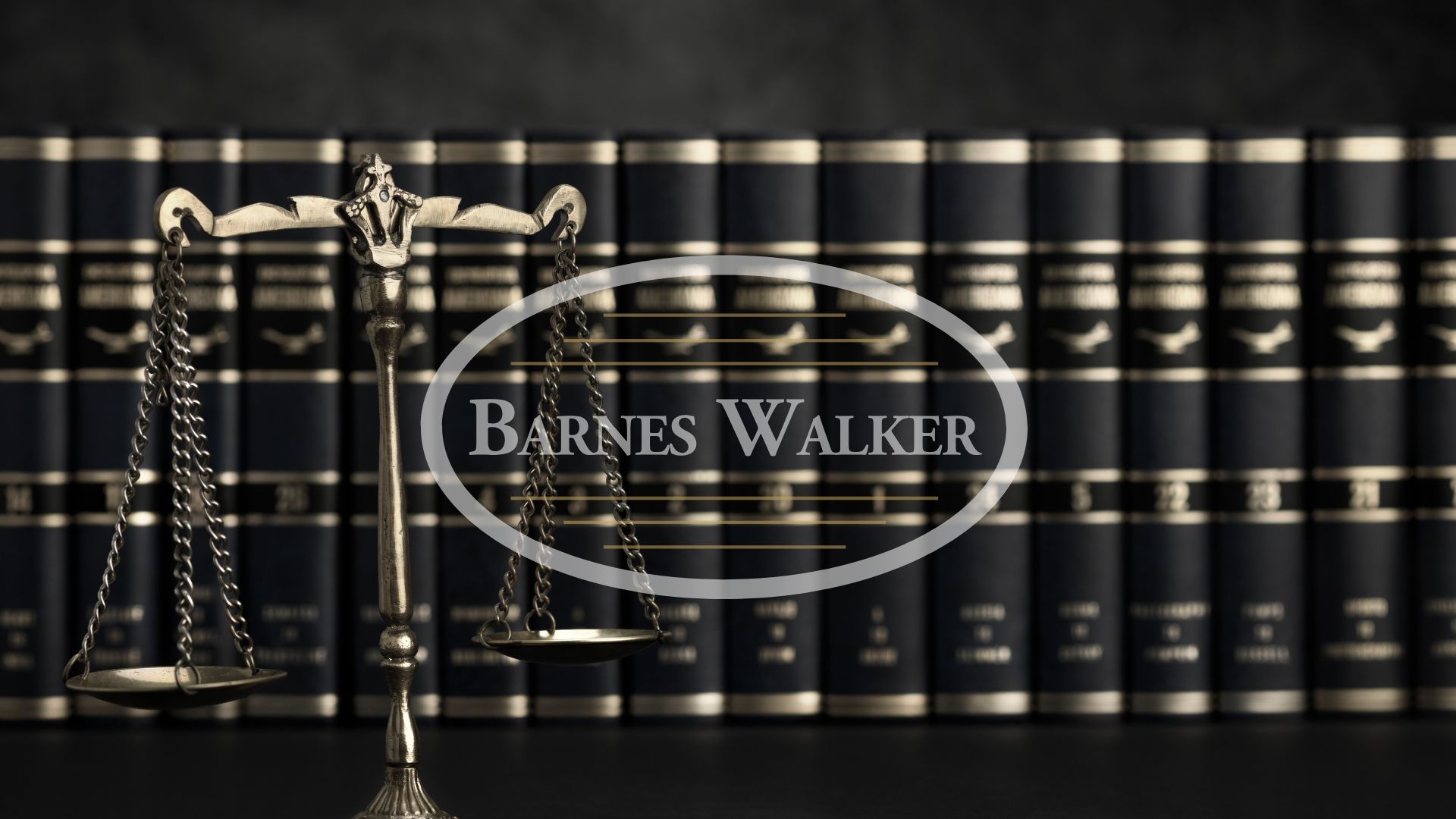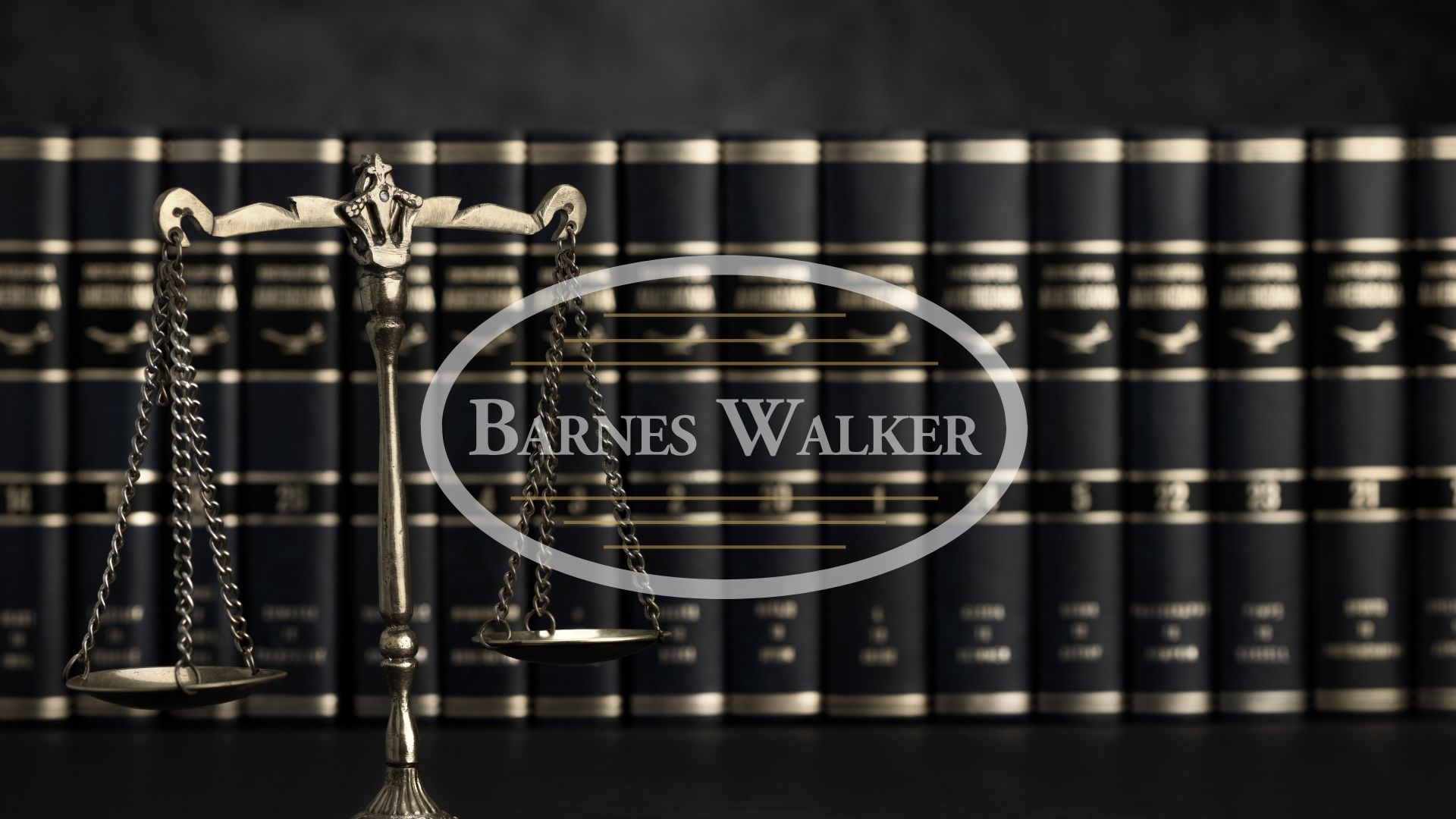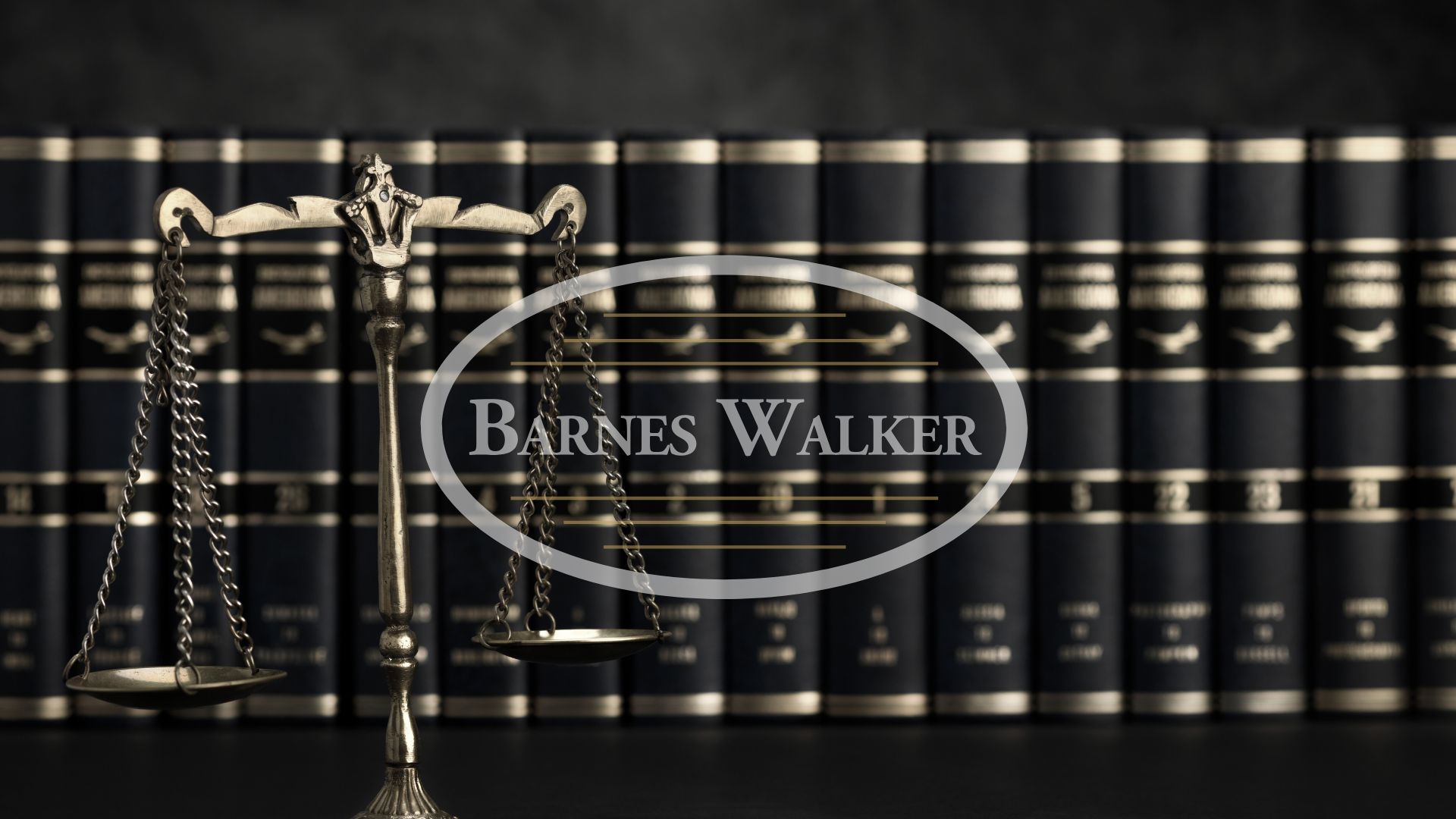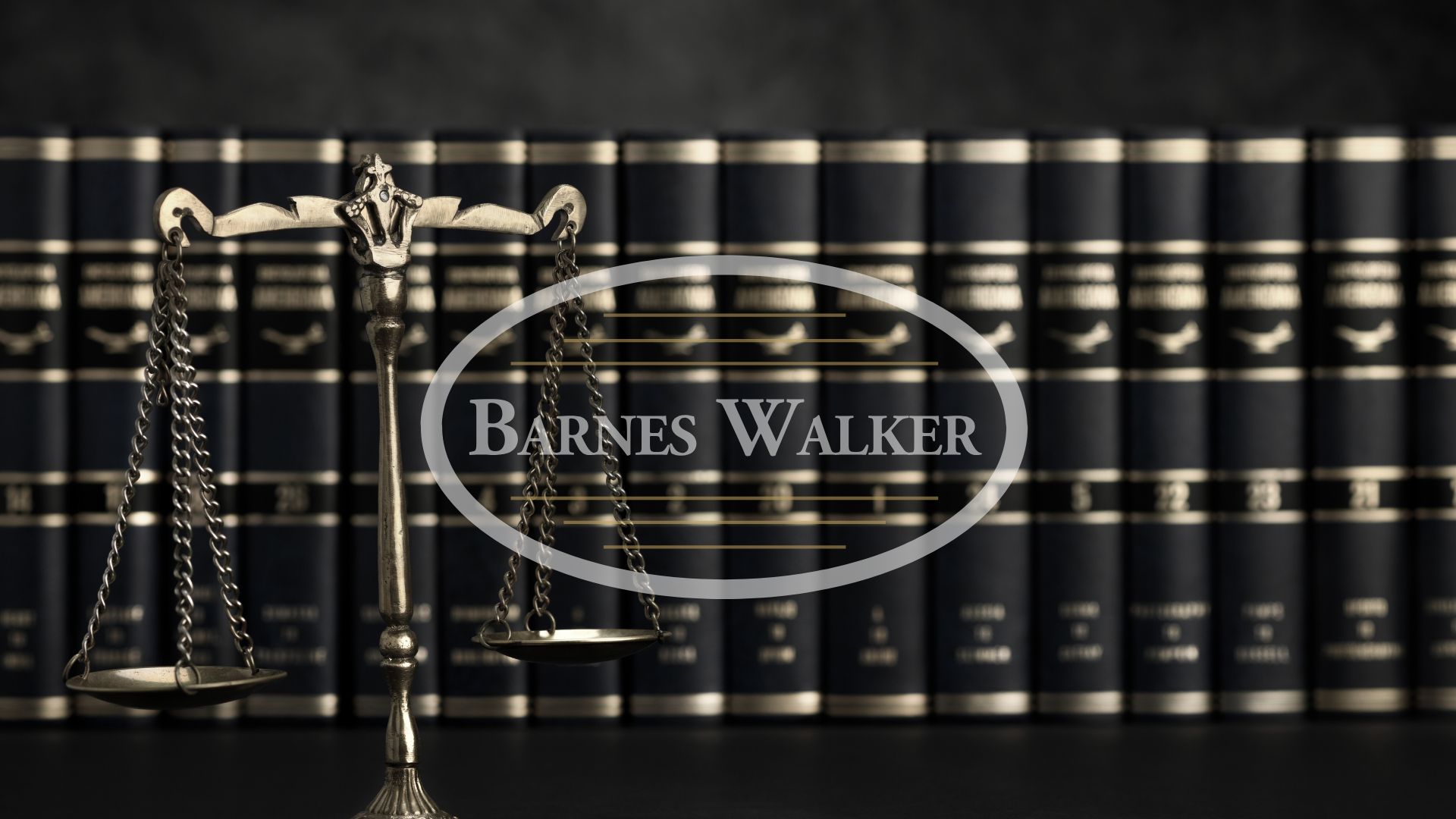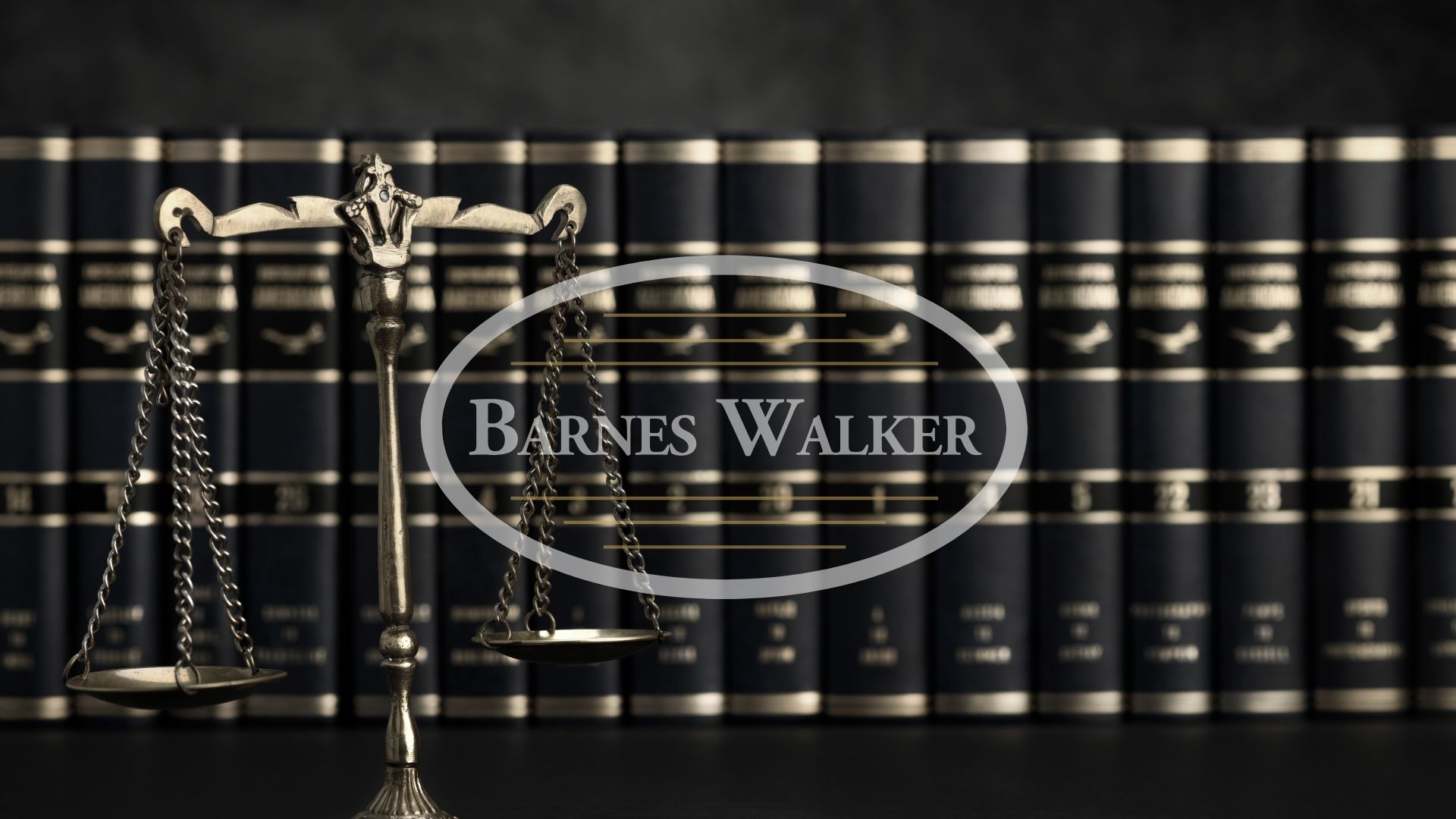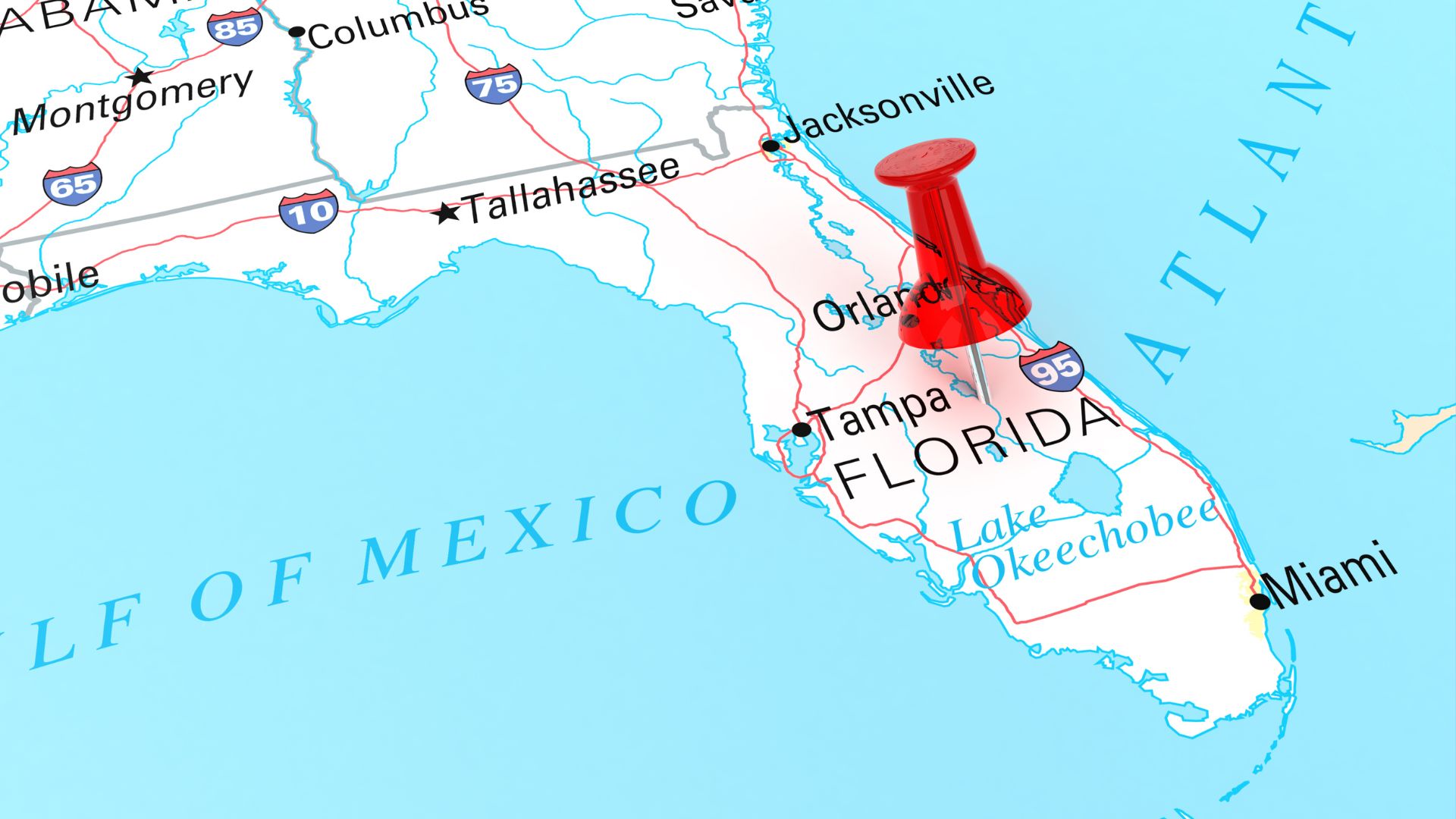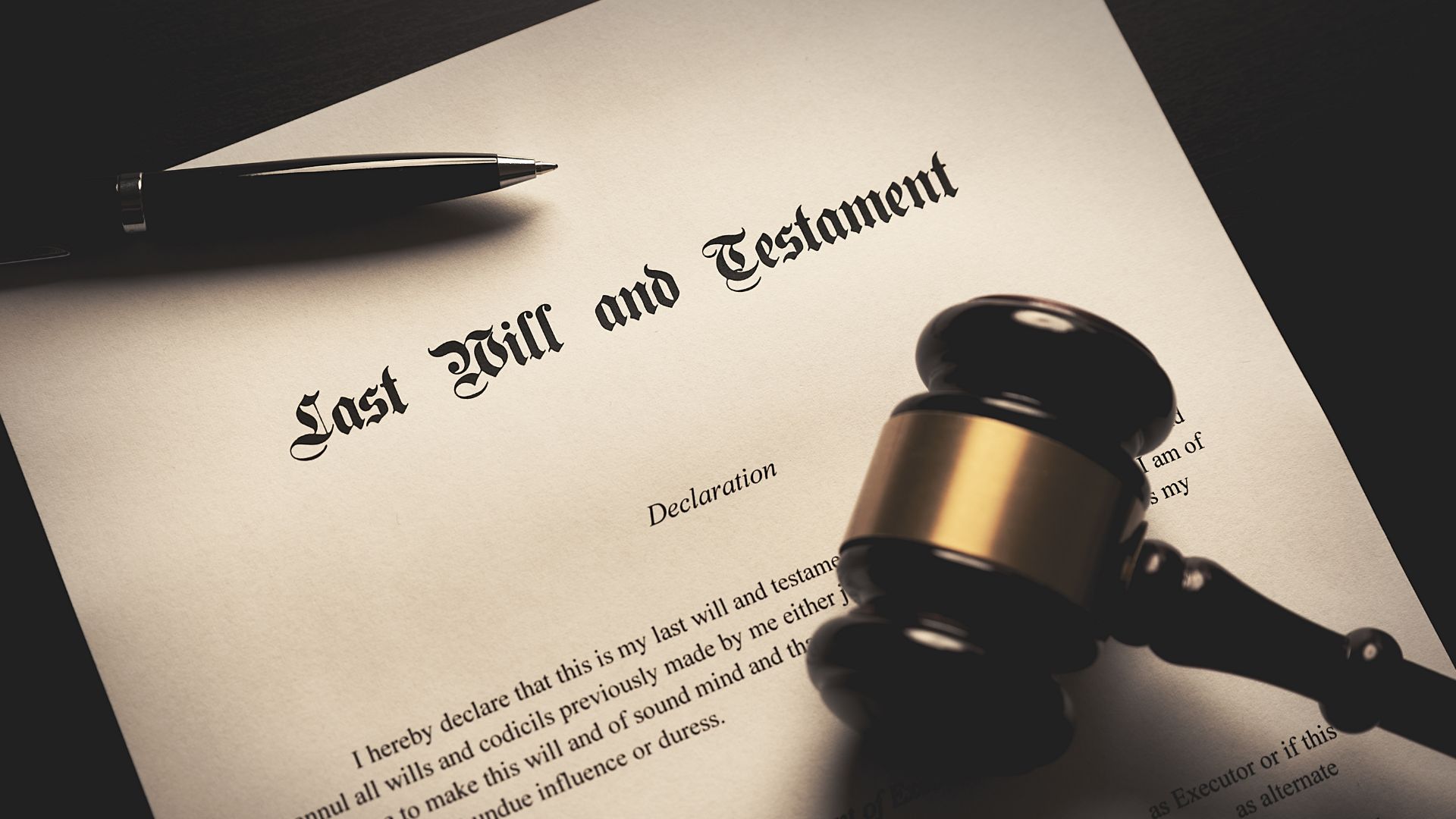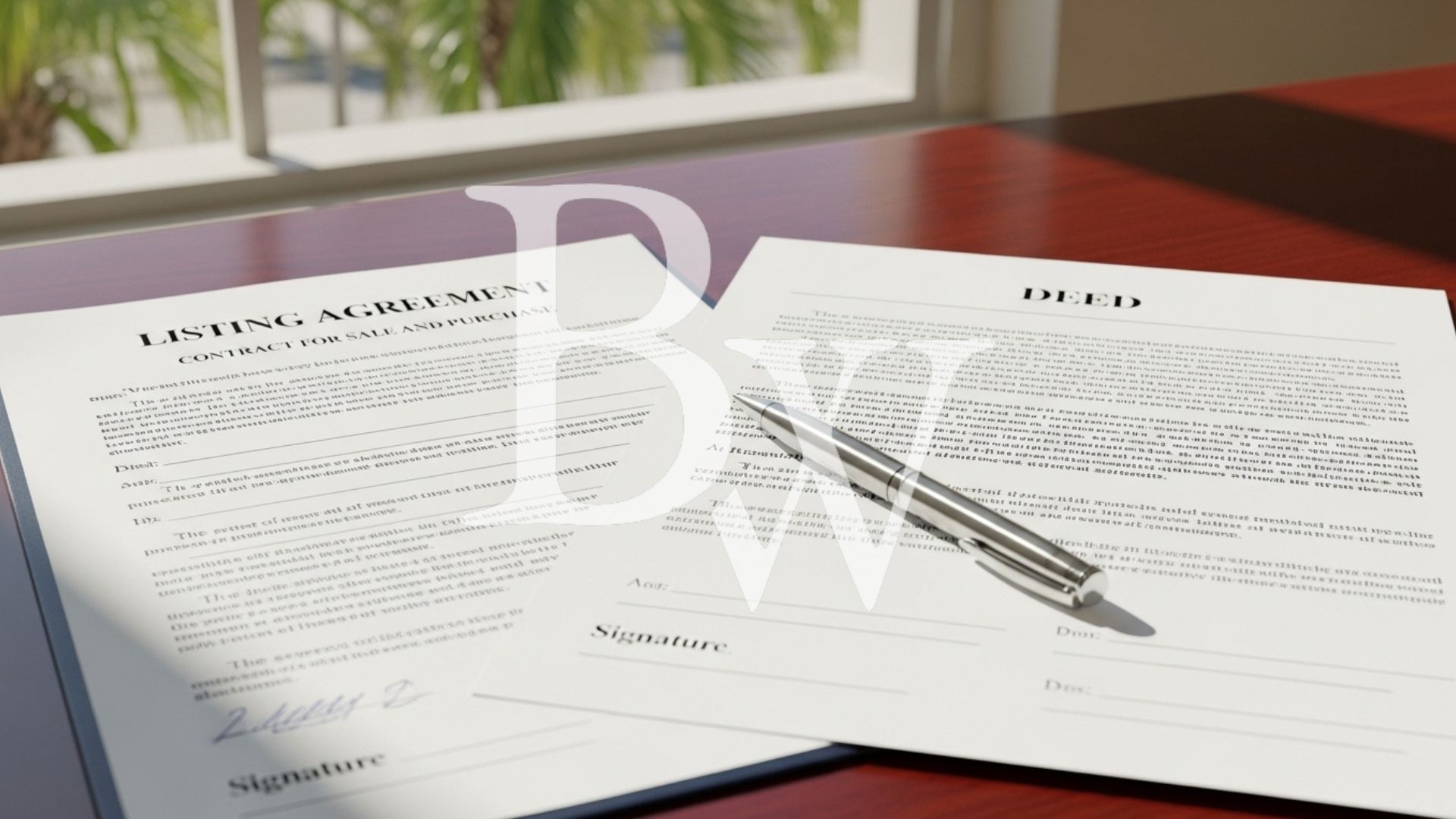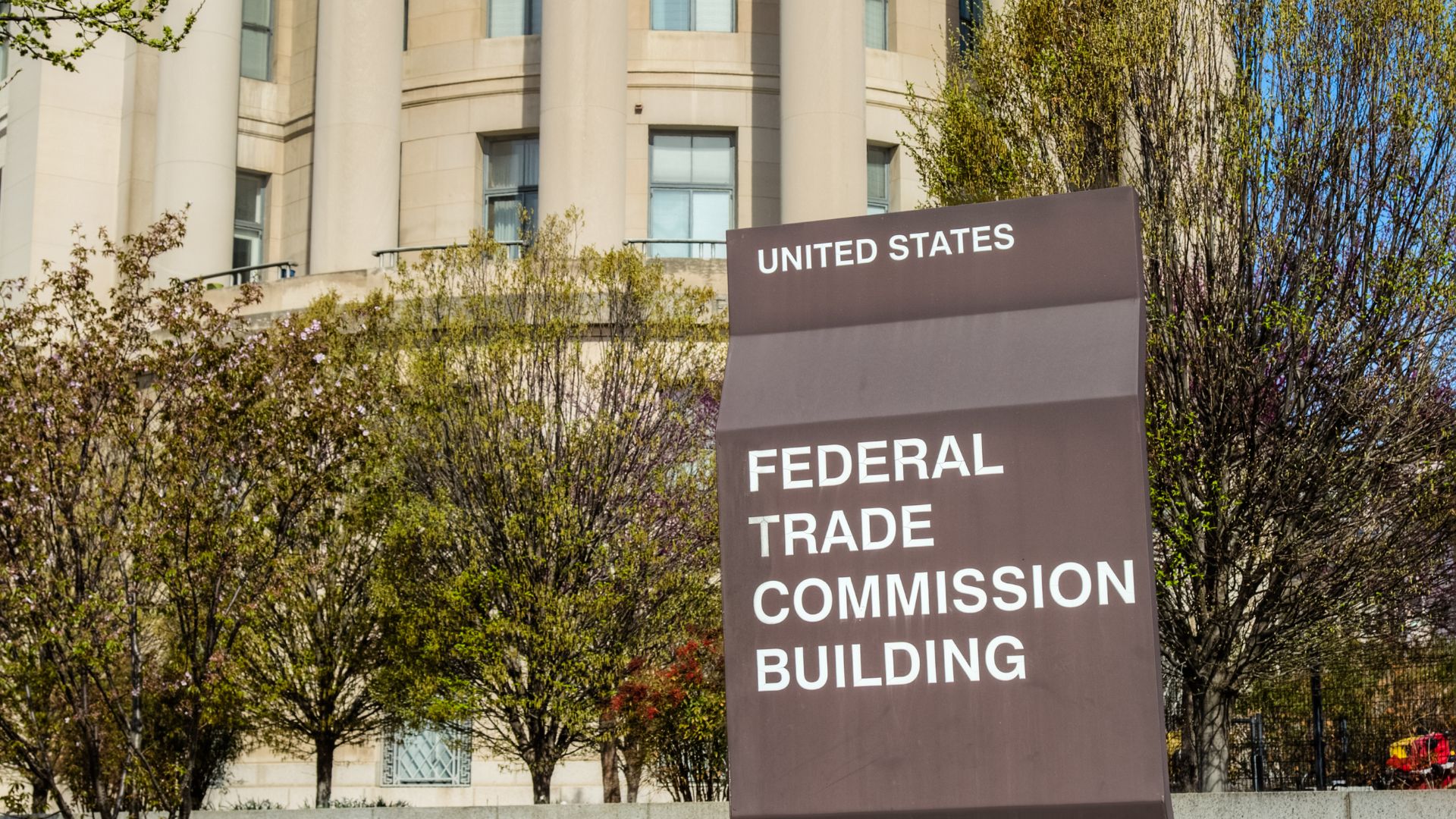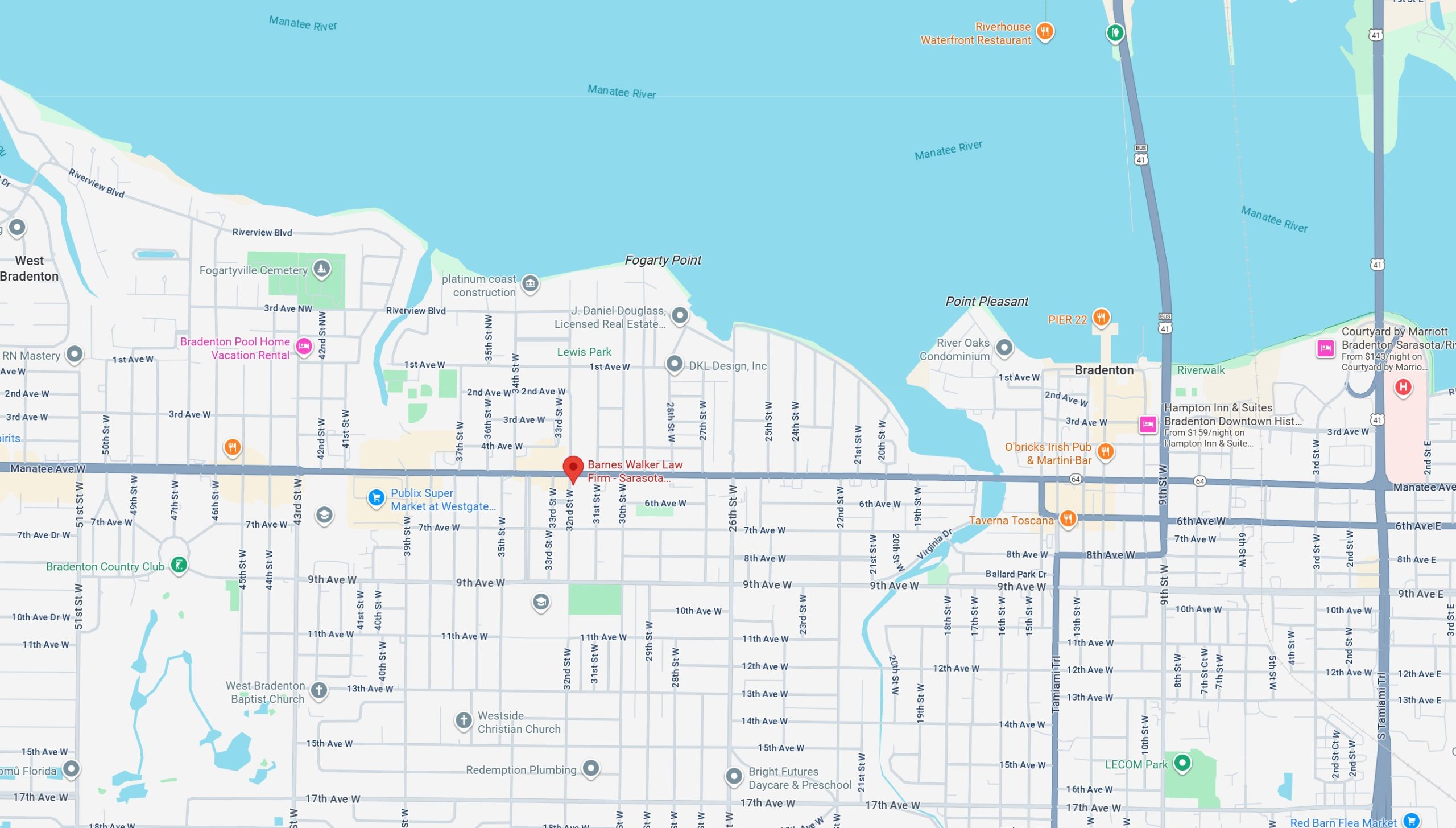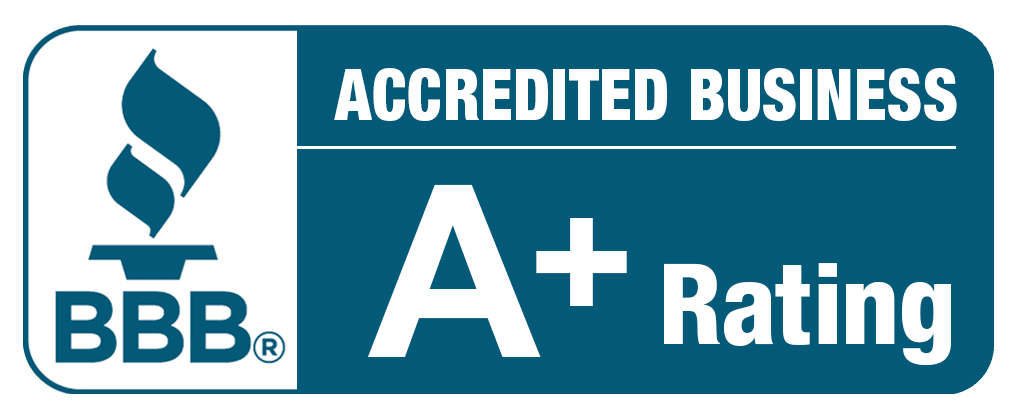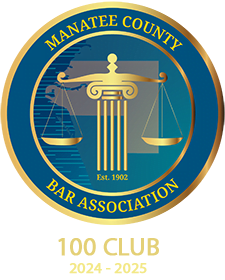Florida and other parts of the southeastern United States have been struck recently by multiple dangerous hurricanes. The hurricanes are unmitigated disasters from which we all must recover. However, just when we are at the point where the debris has been removed from our properties, insurance claims have been filed, insurance monies are starting to be paid, and we have finally found one of the few available, honest building contractors to restore our property, a potential follow-up disaster awaits – FEMA’s dreaded 50% Rule.
The purpose of this article is to provide tips to assist a homeowner to avoid or at least minimize the impact of FEMA’s 50% Rule.
What is the purpose of FEMA’s 50% Rule?
The purpose of the rule is to make homes near water bodies or otherwise in flood-prone areas either floodproof or at least flood-resistant, thereby decreasing the amount of flood damage claims that the US government must pay through flood insurance policies.
What is FEMA’s 50% Rule?
The 50% Rule is a regulation of the National Flood Insurance Program (“NFIP”), that prohibits any repairs, reconstructions, renovations, rehabilitations, additions, or other improvements to certain structures, be the cost of which exceeds 50% of the market value of such a structure, unless the structure is brought into full compliance with current flood and building code regulations – a very expensive requirement since it will typically mandate that the structure to be elevated, use flood resistance materials, have proper flood venting, etc. If a repair or improvement cost exceeds the 50% limit, the building is deemed to be “substantially damaged” in the case of a hurricane, fire, etc., or “substantially improved,” in the case of a renovation or improvement.
Tip 1: The 50% Rule does not apply if the building is not in a special flood hazard area or zone, which are Zone A, Zone AO, Zone AH, Zones A1-A30, Zone AE, Zone A99, Zone AR, Zone AR/AE, Zone AR/AO, Zone AR/A1-A30, Zone AR/A, Zone V, Zone VE, and Zones V1-V30.
Tip 2: The 50% Rule does not apply if the lowest floor of a structure is already elevated 1-3 feet above a property’s required Base Flood Elevation (“BFE”), which is the expected height of water during the highest flood that has a 1% chance of occurring in any given year, i.e., a “100-year flood,” as specified in the community’s Flood Insurance Rate Map (“FIRM”).
Tip 3: Your property’s specific Special Flood Hazard Area or Zone and its required BFE can be found on an elevation certificate provided by your surveyor, or it may already be filed with your local city or county building department.
Who determines whether the 50% Rule applies?
The local building department for the property in question.
What is the 50% Rule’s Formula when a building is damaged?
Total Repair Costs ÷ Market Value of the structure should not exceed 50% (the “Formula”), but what are Total Repair Costs and how much is the Market Value?
The first element of the Formula: Total Repair Costs.
Items that must be included in the costs to repair are those that are directly associated with the building. Repair costs must include the cost of all work necessary to fully restore a damaged building to its pre-damaged condition. The following list of costs that must be included is not intended to be exhaustive, but characterizes the types of costs that must be included:
- Materials and labor, including the estimated full value of donated or discounted materials and owner or volunteer labor.
- Site preparation related to the improvement or repair (e.g., foundation excavation or filling in basements).
- Demolition and construction debris disposal.
- Labor and other costs associated with demolishing, moving, or altering building components to accommodate improvements, additions, and making repairs.
- Costs associated with complying with any other regulations or code requirement that is triggered by the work, including costs to comply with the requirements of the Americans with Disabilities Act (ADA).
- Costs associated with elevating a structure when the proposed elevation is lower than the BFE.
- Construction management and supervision.
- Contractor’s overhead and profit.
- Sales taxes on materials.
- Structural elements and exterior finishes, including foundations, slabs, load-bearing walls, joists, ceilings, finishes, windows, roofing, etc.
- Interior finish elements such as flooring, walls, built-in cabinets, insulation, doors, finishes, and fixtures.
- Utility and service equipment: HVAC, plumbing, electrical, lighting, built-in appliances, and similar systems.
Tip 4: To keep the ratio of costs to value below 50%, you want to minimize as much as possible the Total Repair Costs. You do not need to count the costs of the following work:
- Clean-up and trash removal costs.
- Costs to temporarily stabilize a building so that it is safe to enter to evaluate and identify required repairs.
- Costs to obtain or prepare plans and specifications.
- Land survey costs.
- Permit fees and inspection fees.
- Costs of carpeting and re-carpeting installed over finished flooring.
- Costs of improvements outside of the primary structure (landscaping, sidewalks, fences, pools, detached structures, etc.).
- Costs required for the minimum necessary work to correct existing violations of health, safety, and sanitary codes caused by vandalism, deterioration, termites, exposure, or settlement.
- Plug-in appliances and other equipment such as washing machines, dryers, and stoves.
Tip 5: Although you must include the cost of all work necessary to fully restore a damaged building to its pre-damaged condition, there appears to be no requirement that you must fully restore the building with the same quality, i.e., you could use cheaper materials now and upgrade later. However, you cannot lower repair costs by splitting permits or doing phased repairs to avoid the 50% calculation.
Tip 6: Make the repairs as soon as possible because, if a second hurricane or other casualty strikes the property, the cost of repairs for all damages from both hurricanes or casualties must be totaled in calculating whether you are over 50% limitation.
The second element of the Formula: Market Value.
Neither FEMA nor the NFIP define “Market Value.” Generally, Market Value can be explained as the amount an owner would be willing, but not obligated, to accept and that a buyer would be willing, but not compelled, to pay.
Tip 7: To keep the ratio of costs to value below 50%, you want to maximize as much as possible the Market Value. Unfortunately, only the value of the building is relevant, not the land or outside improvements.
How is Market Value determined?
Market Value could be determined by:
- The Assessed Value method developed for property tax assessment purposes adjusted to approximate Market Value.
- The Actual Cash Value method, which is the cost to replace the building with a new one minus depreciation due to age, use, and neglect.
- The Appraisal Method, based upon the appraisal industry’s definition of fair market value prepared by qualified appraisers.
Tip 8: Usually, the Assessed Value developed for property tax assessments is readily available, and it is used by the local building department to determine if the Total Repair Costs exceed 50% of the Market Value. However, this method can be outdated or imprecise. In contrast, the Appraisal method provides a current individualized valuation and is often higher.
Therefore, if your building’s repairs are exceeding 50% of Market Value and repair costs have been minimized, you should try to obtain a higher Market Value from a qualified appraiser.
What are your options if you cannot meet FEMA’s 50% Rule?
First, you can bring the building into full compliance with current flood and building code regulations, which, as mentioned above, is a very expensive requirement.
Second, there is usually the very impractical option of relocating the building outside of the flood zone.
Third, you could simply demolish the building and sell the vacant land.
Tip 9: Regarding the first option, consider seeking a variance based upon “exceptional hardship.” However, cost or convenience alone does not qualify. Variances must be the minimum necessary to afford relief and cannot create public safety or legal issues.
Tip 10: If a variance is not allowed, you can appeal the decision if the applicable code or regulations have ambiguous language or the decision was based on errors, inappropriate valuations, or incorrect cost methods.
Tip 11: Finally, if all else fails and your property is in a flood zone because it is waterfront property adjoining a river, lake, bay, or sea, remember that a substantial portion of the value of your property is in the land and its location, and you have not lost the land.
We hope this article has been helpful to you, but please note that it does not discuss all the details related to FEMA’s 50% Rule, so please do not hesitate to call or email us if you have any questions.
Trust • Experience • Results
Established 1995, built on
reputation, trust, and results
Established 1995,
built on reputation, trust, and results
Barnes Walker focuses on real estate law, estate planning, business law, and litigation. We also operate a full title company in-house, which means we handle everything from contracts and closings to title searches and escrow under one roof.
Whether it’s buying or selling property, structuring a business, or planning for the future, we provide practical, results-driven legal solutions that give our clients confidence and peace of mind.
We’ve been serving Sarasota and Manatee counties since 1995 and are proud to be one of the area’s most established busineses.



